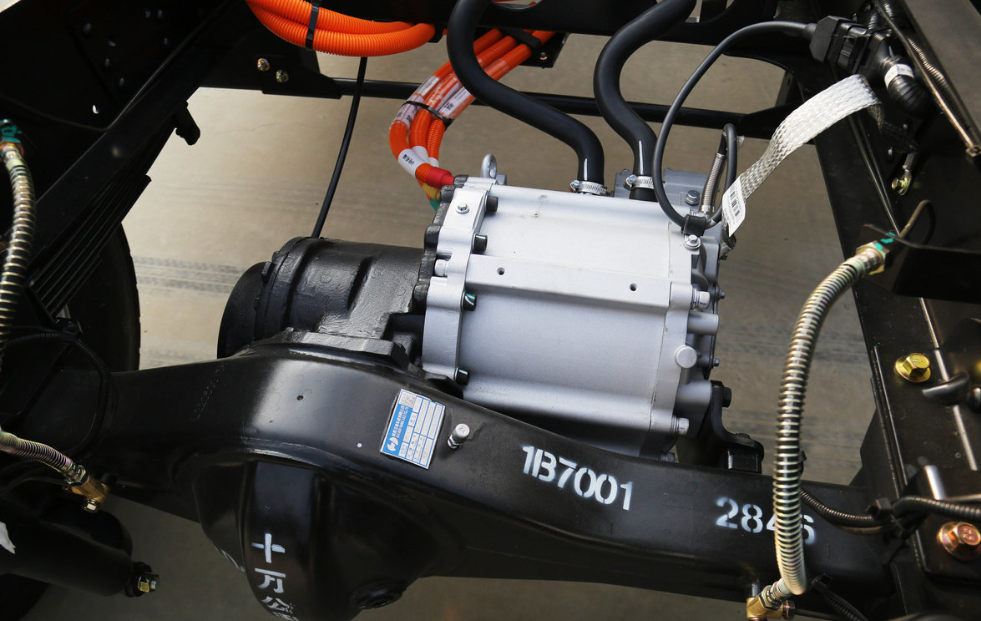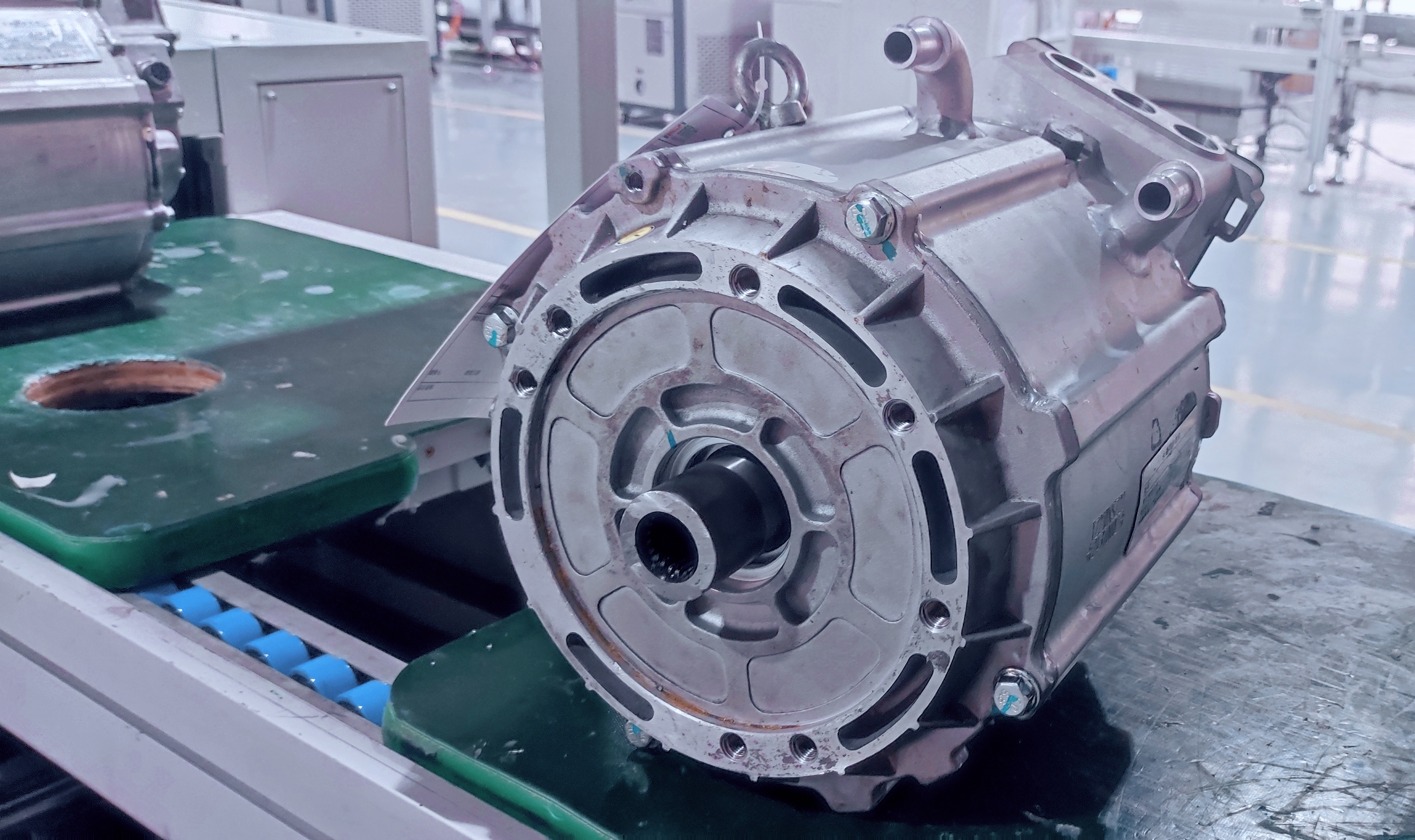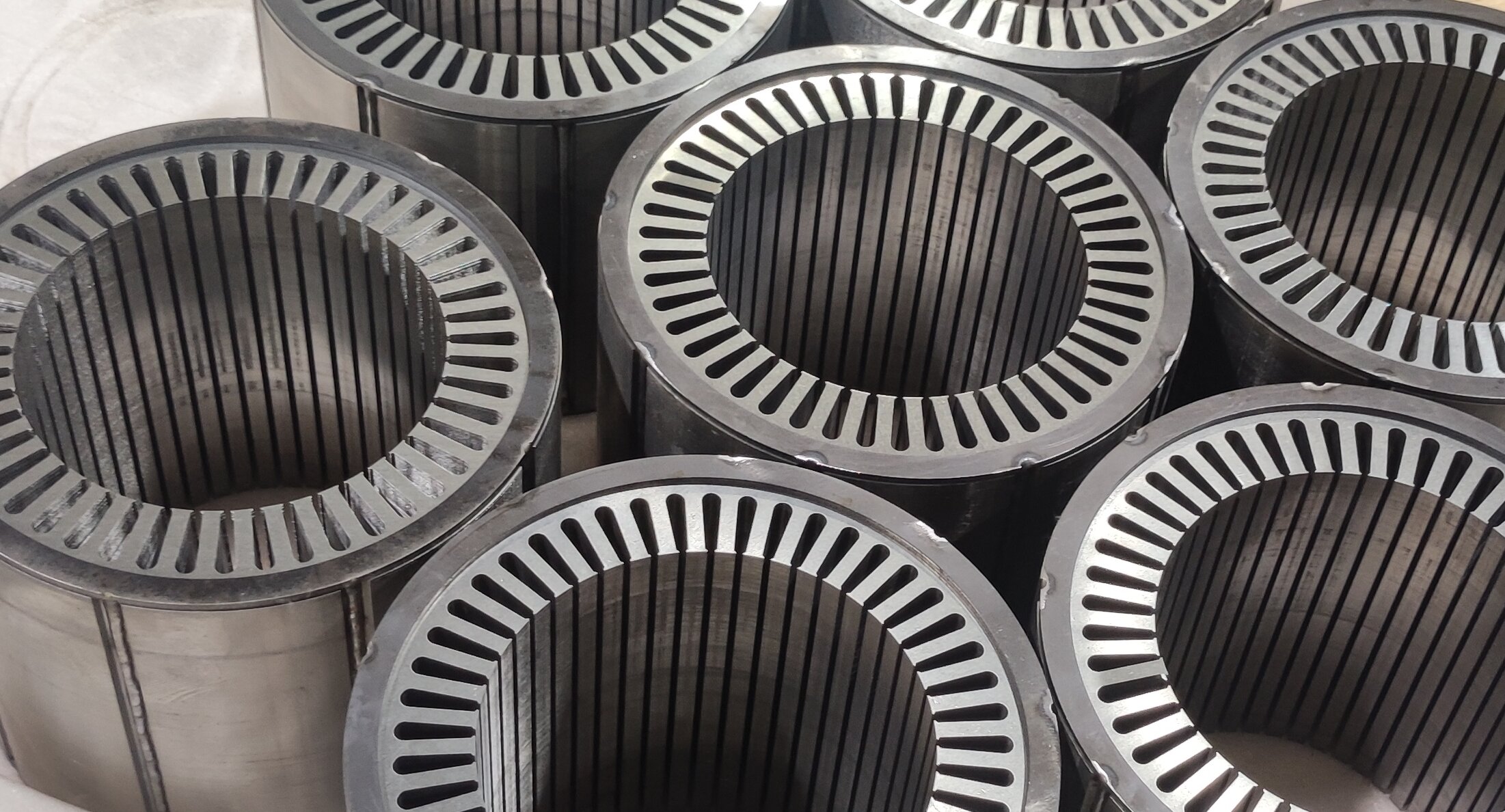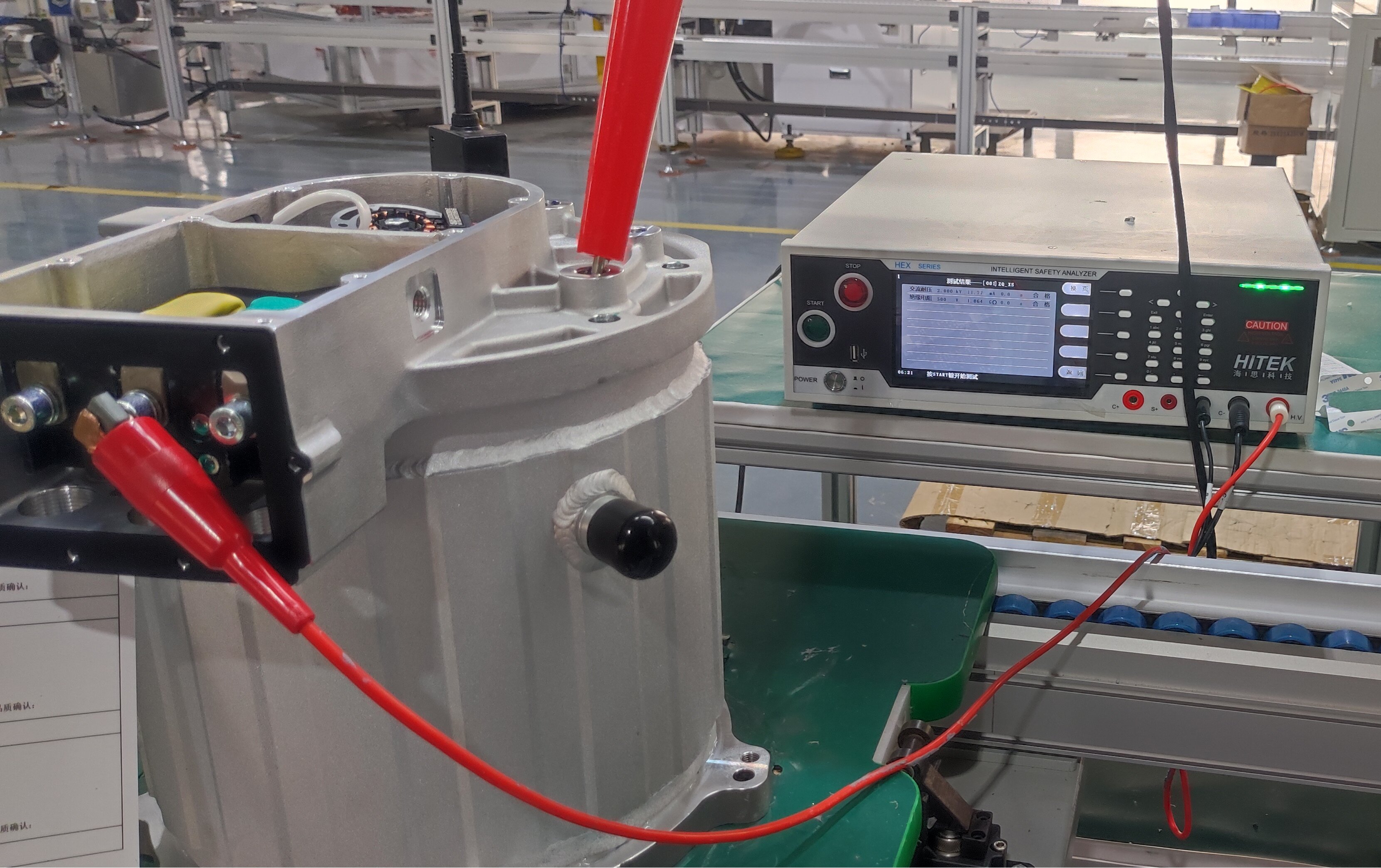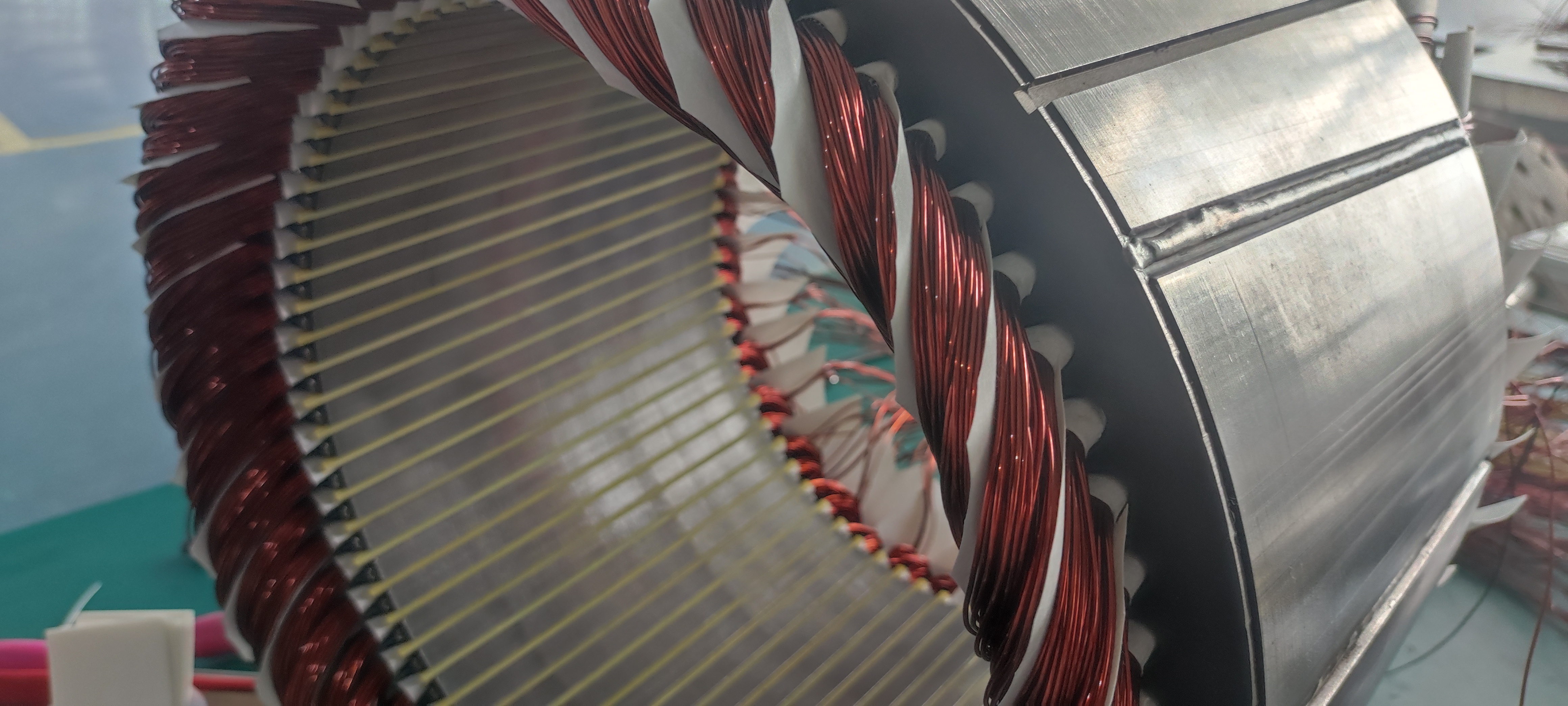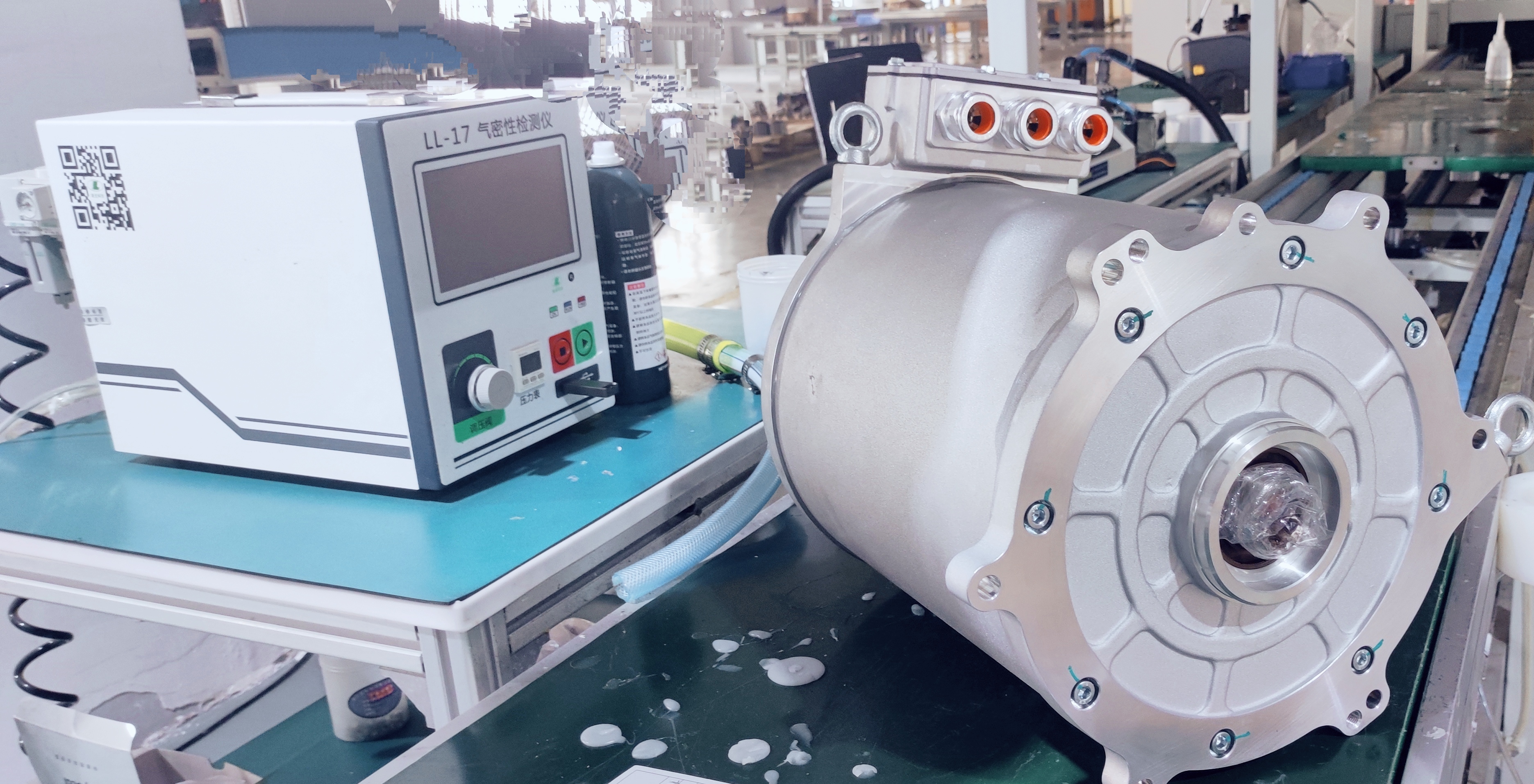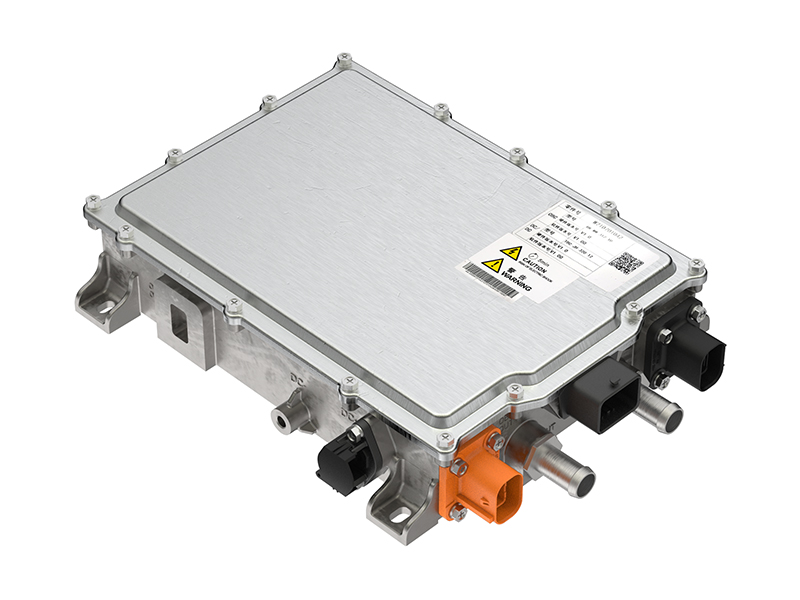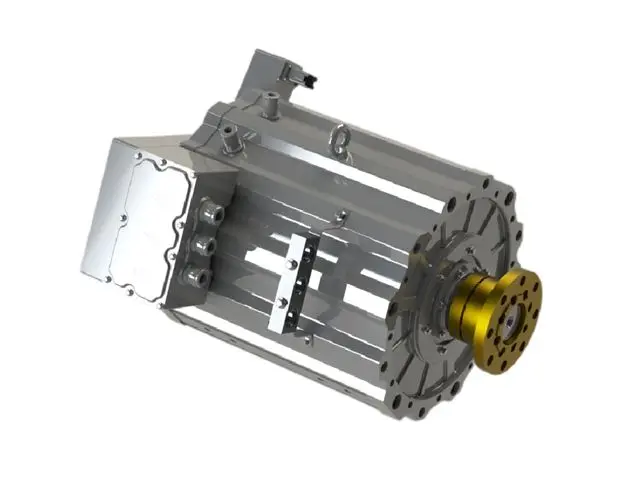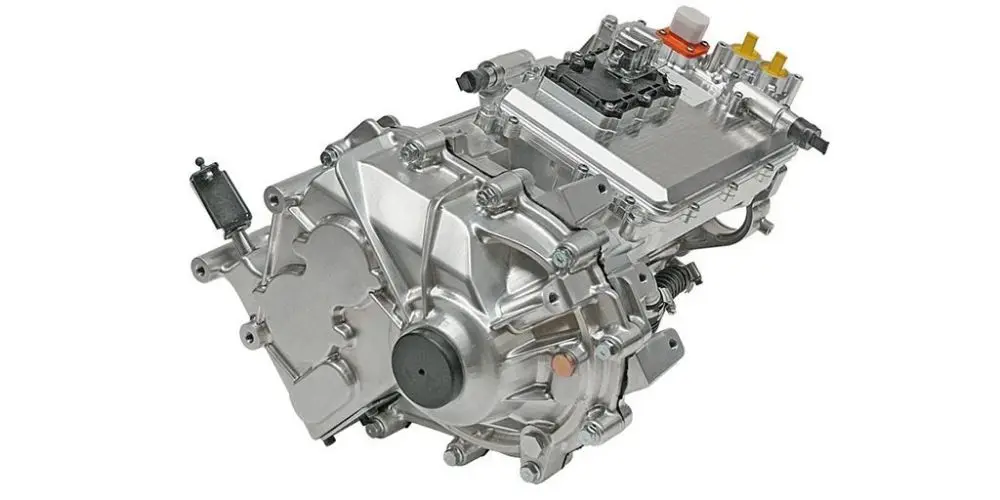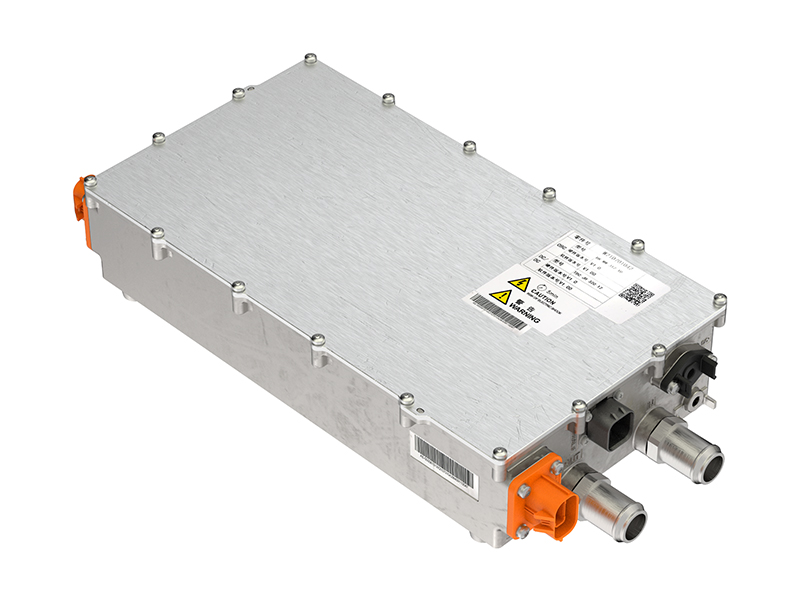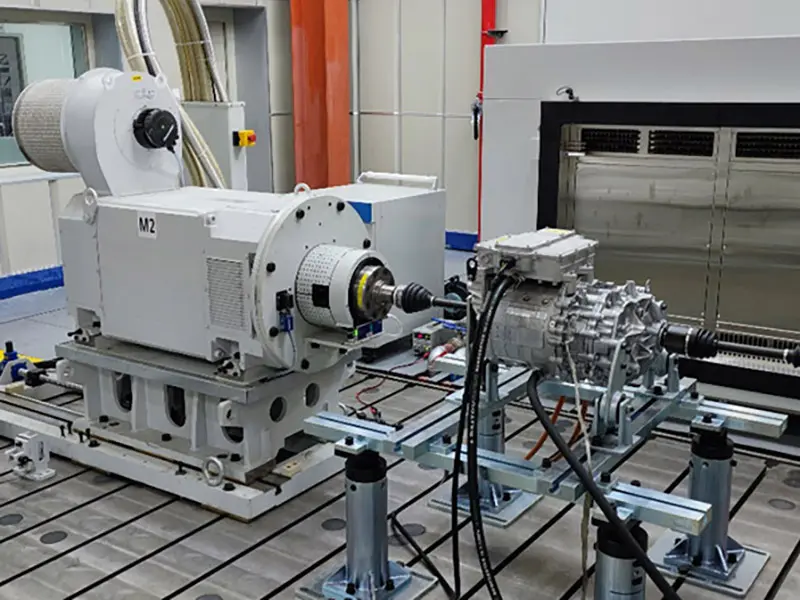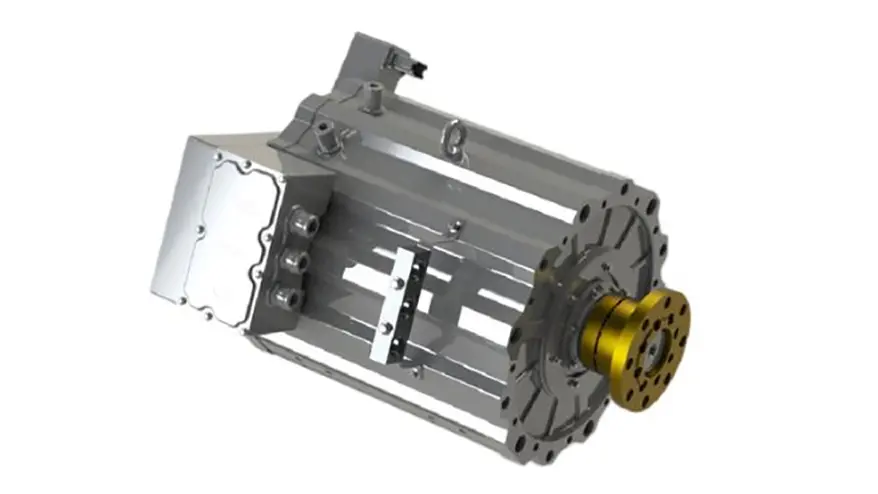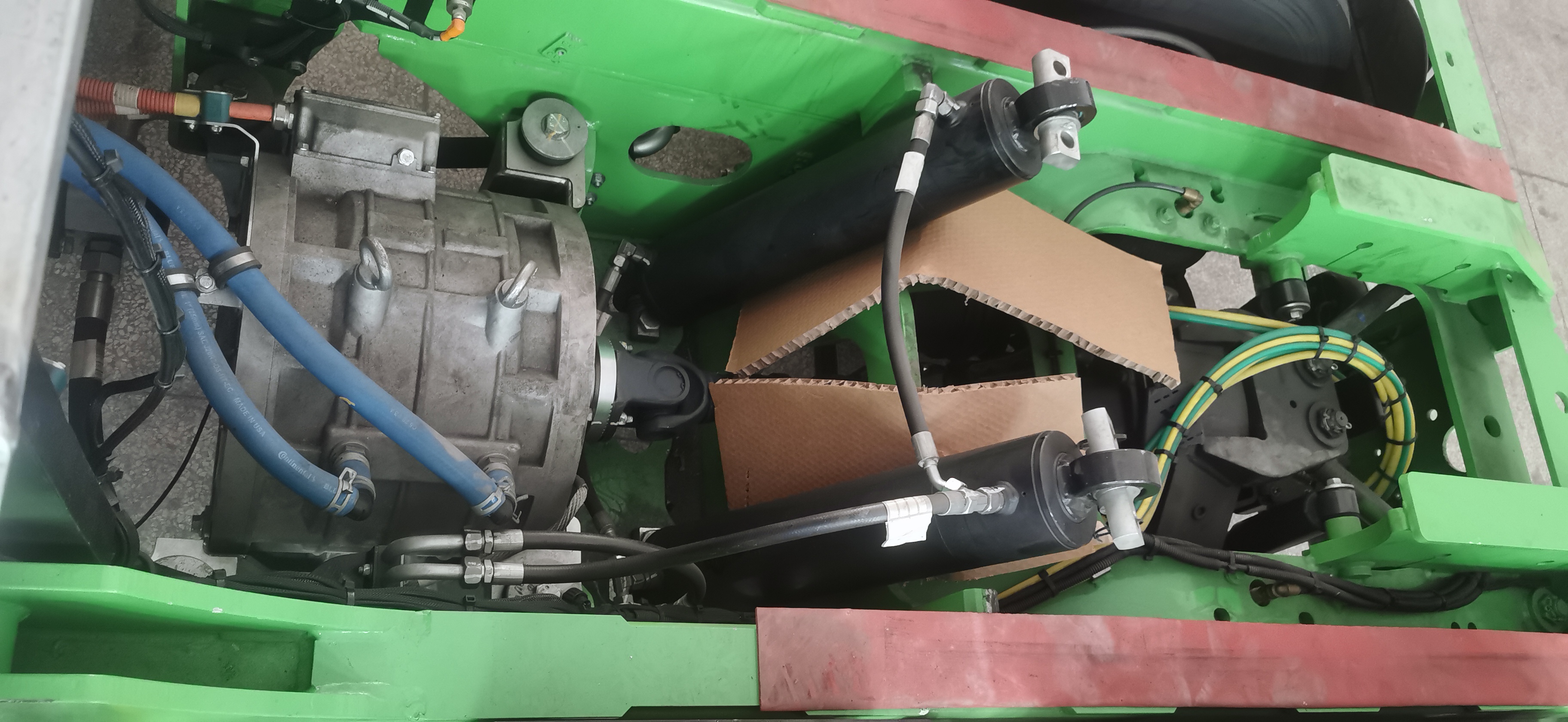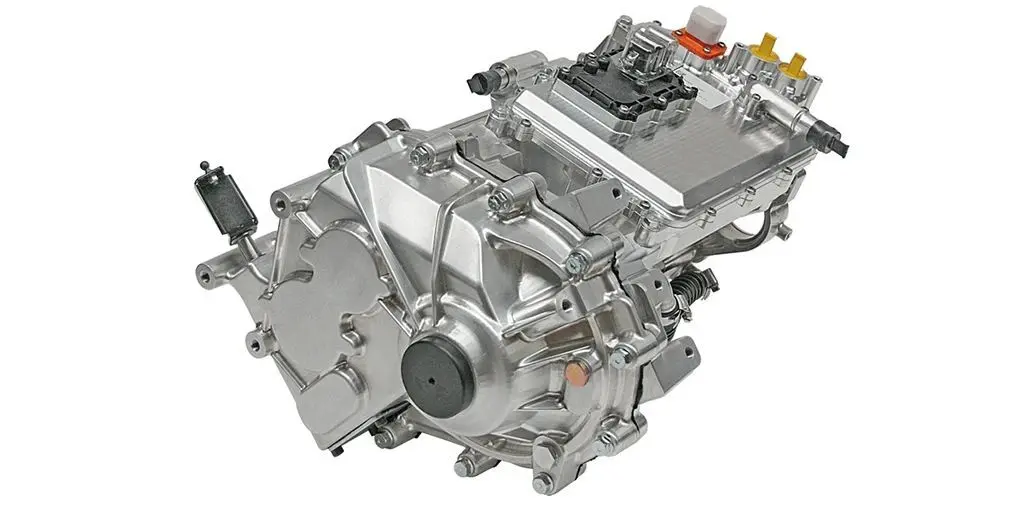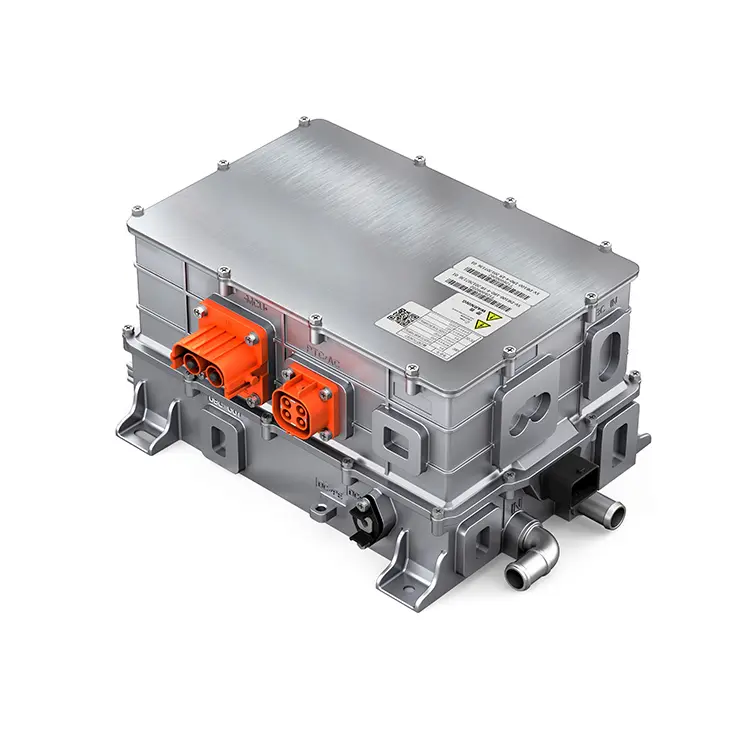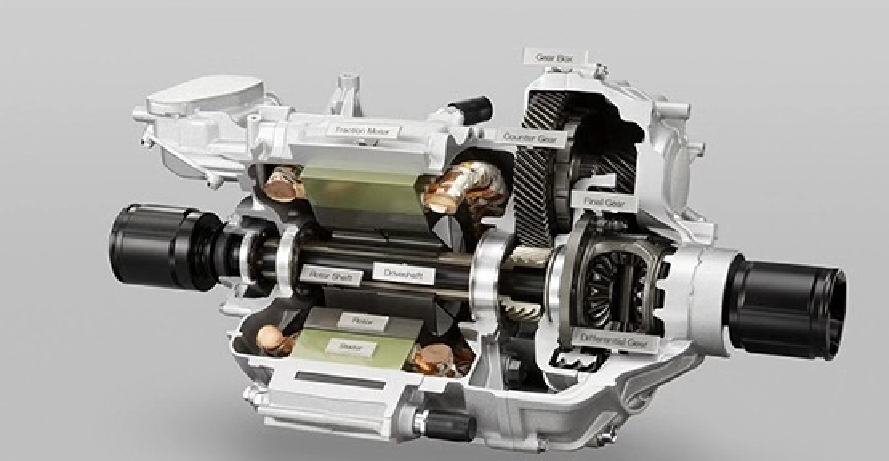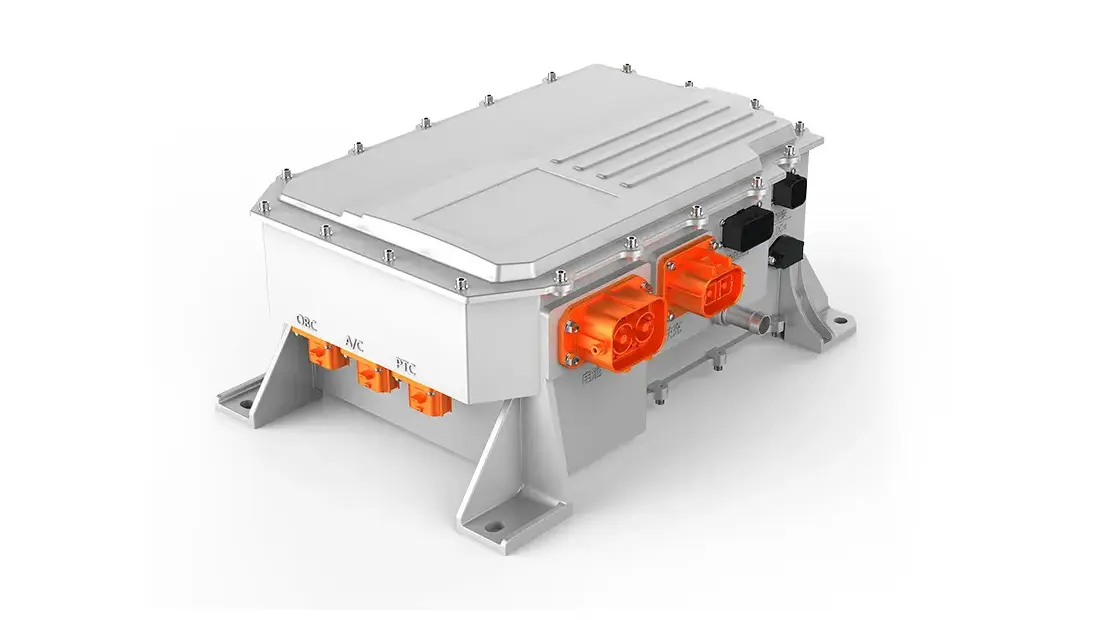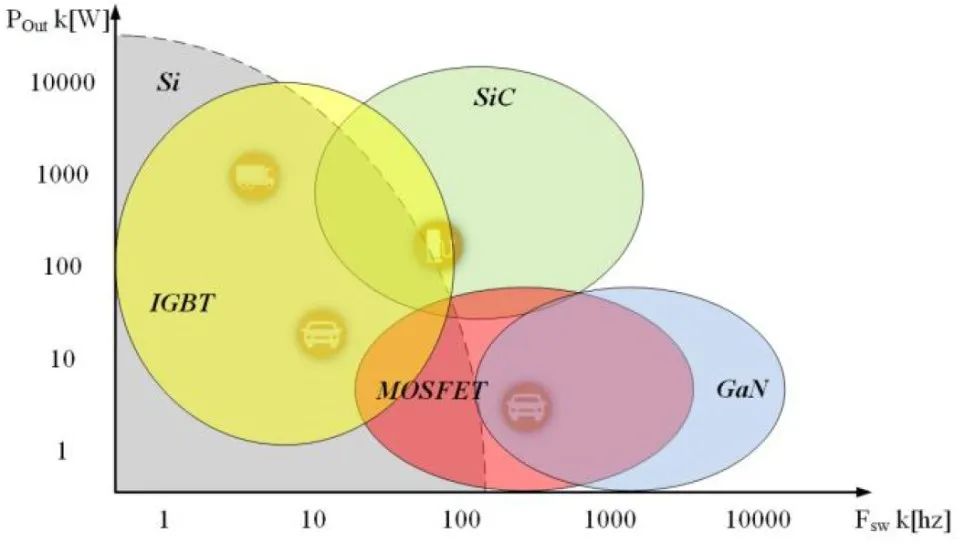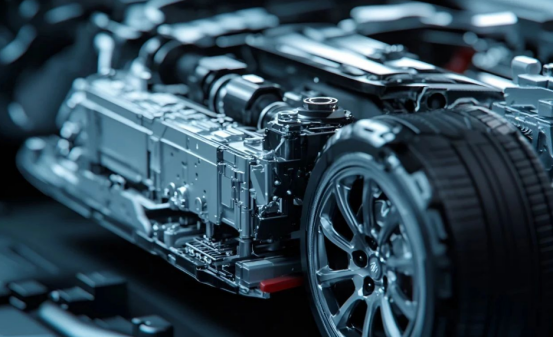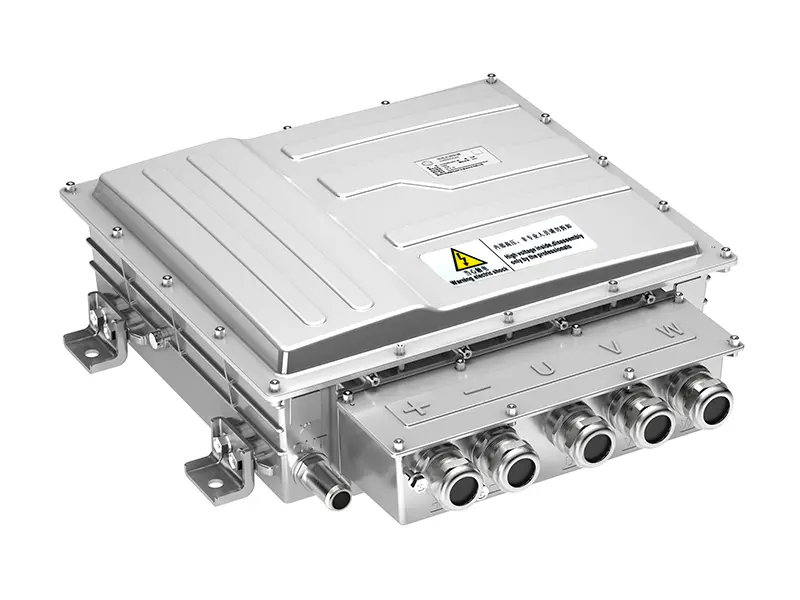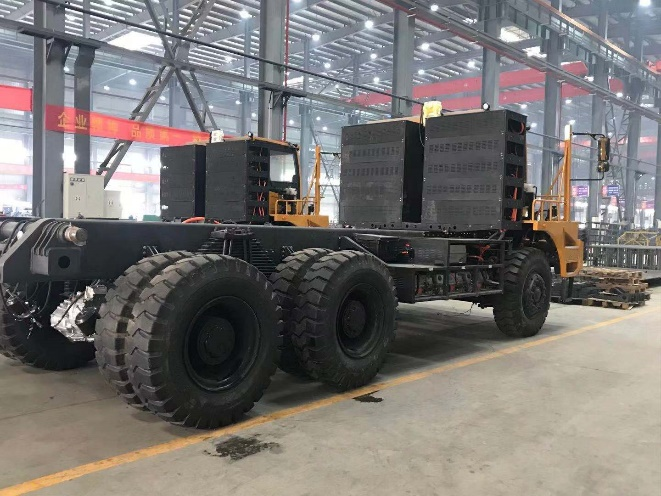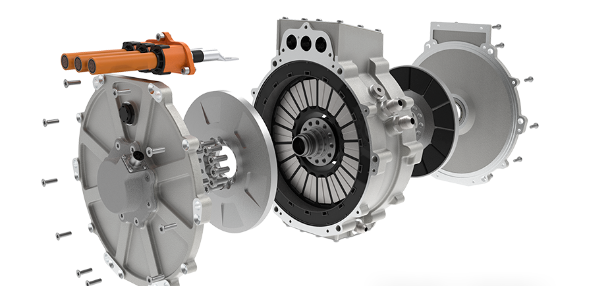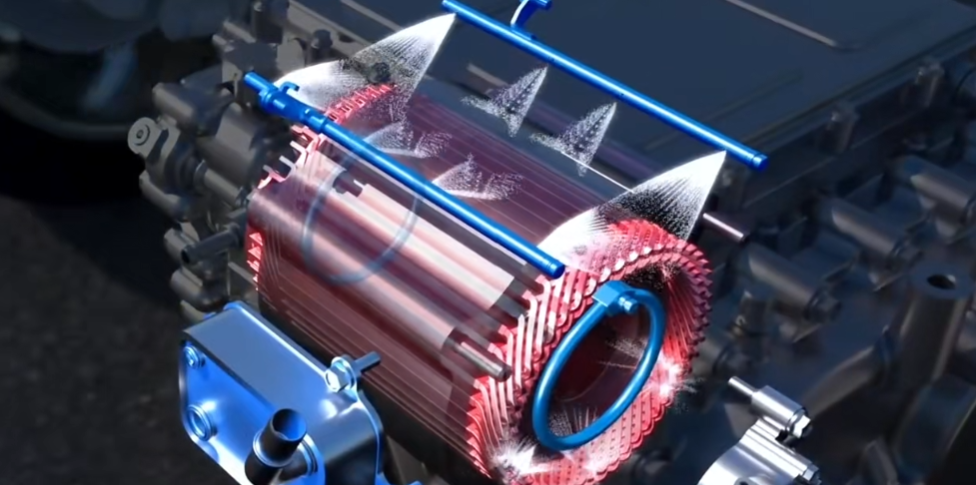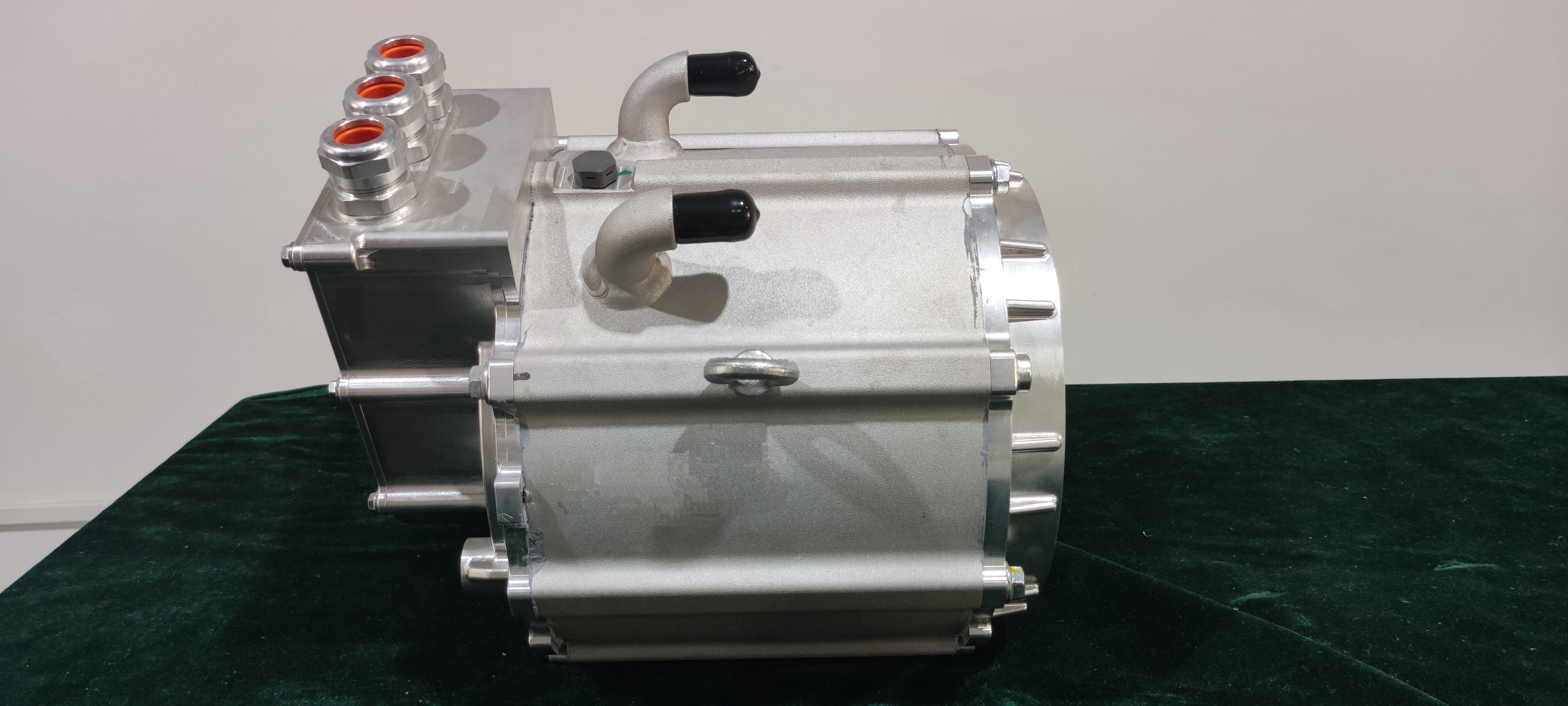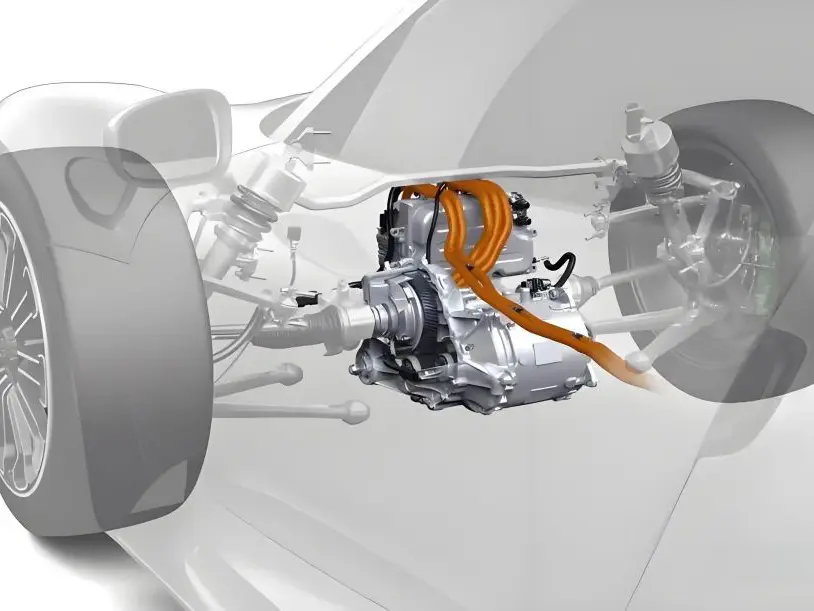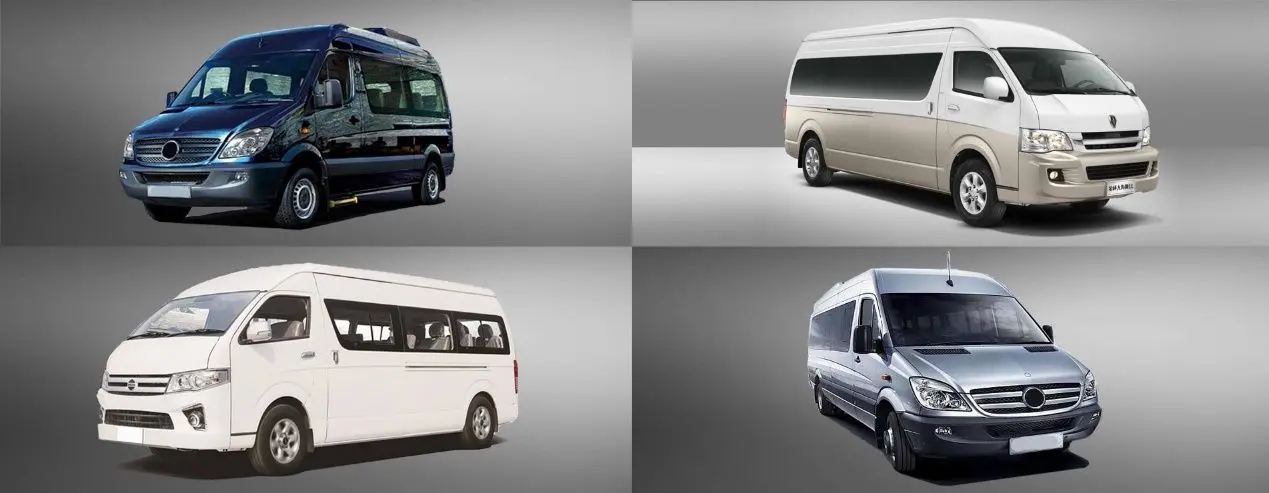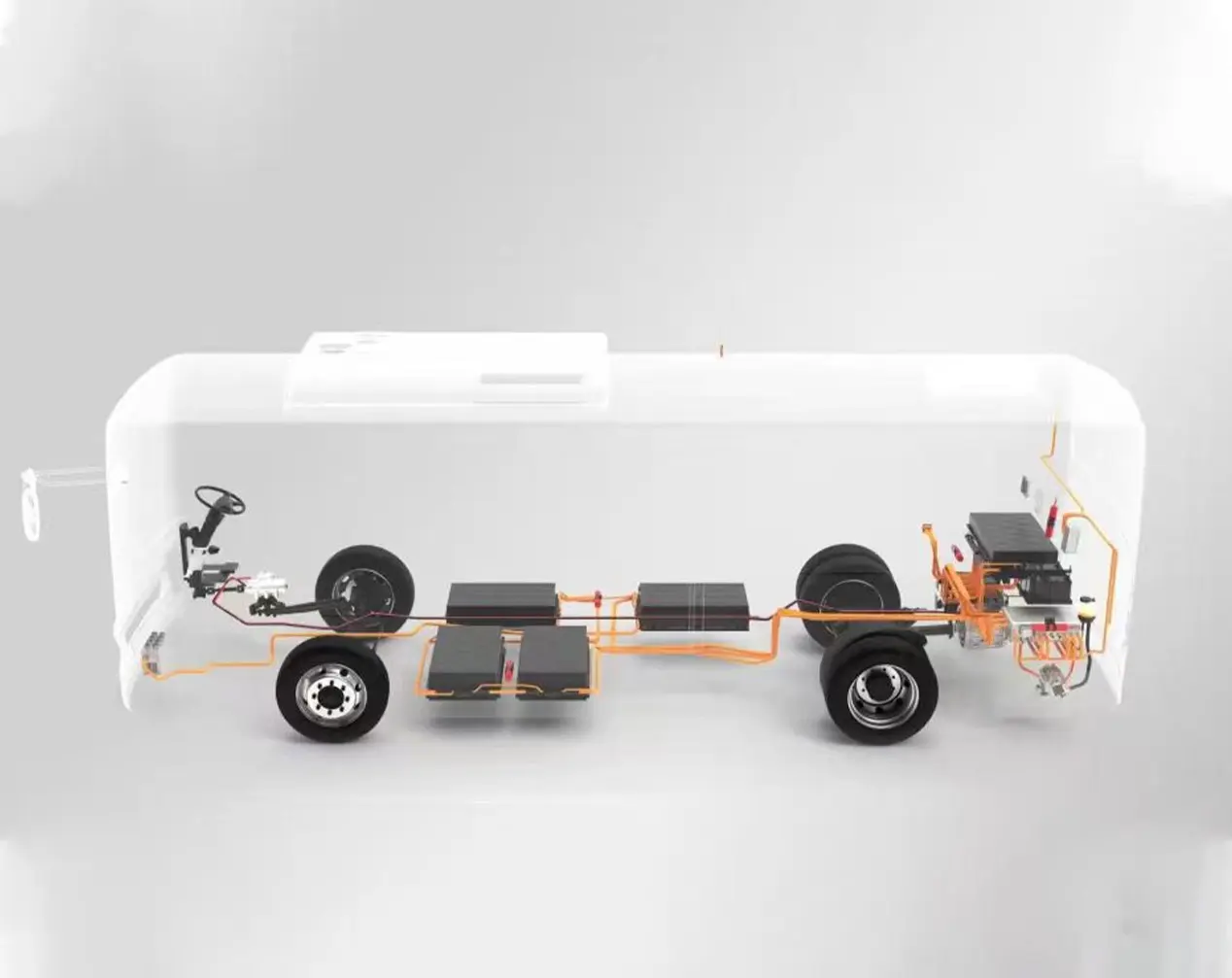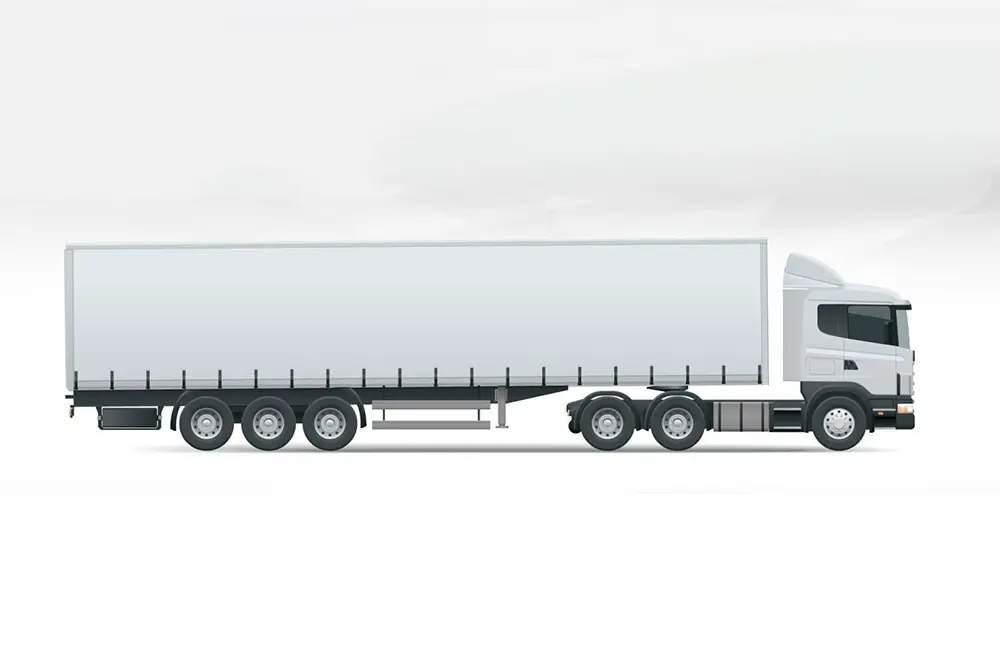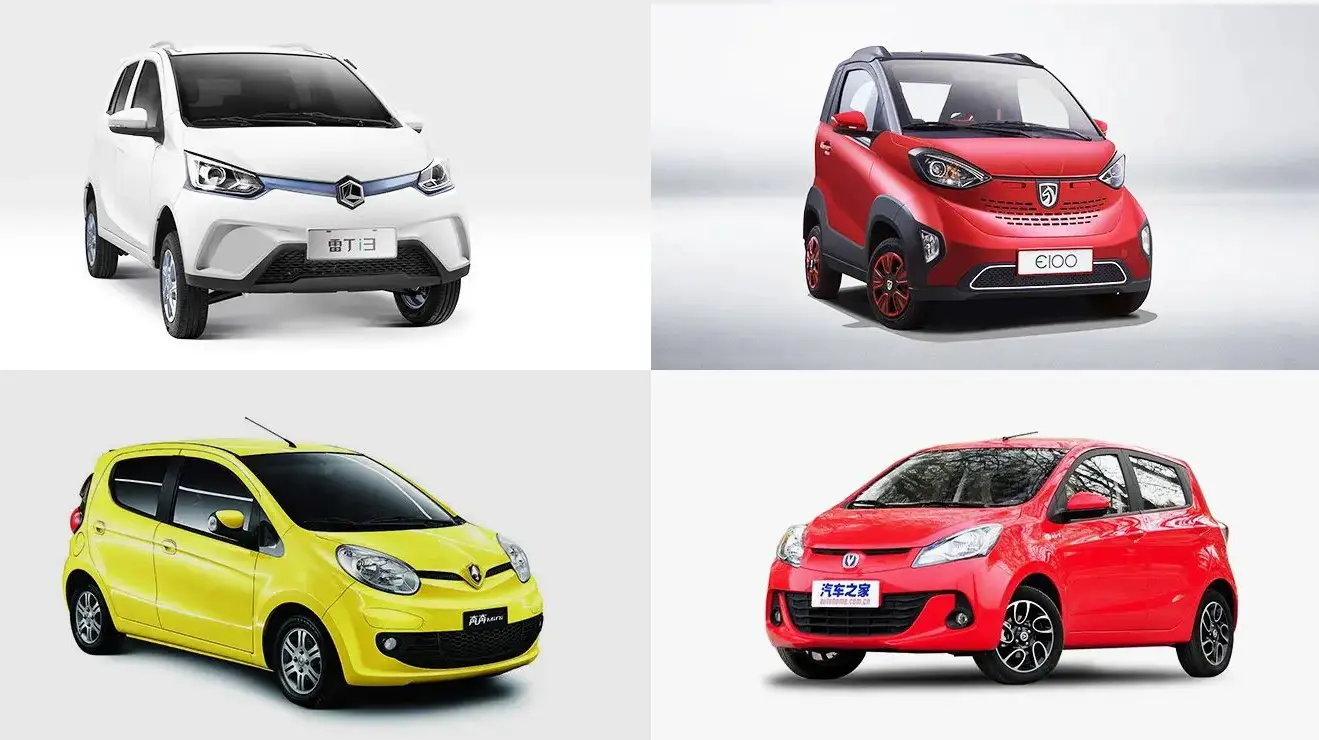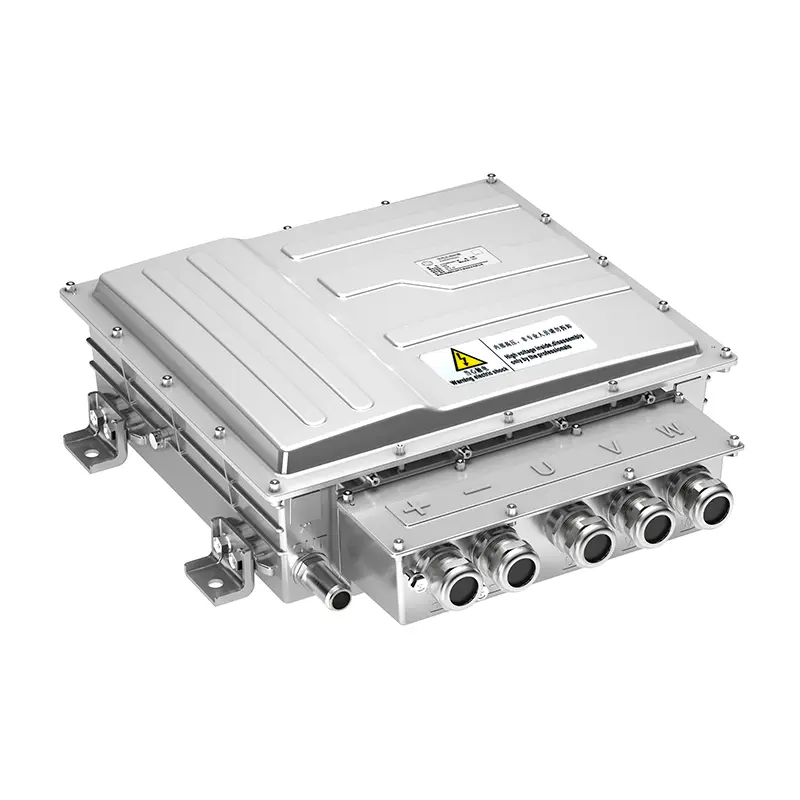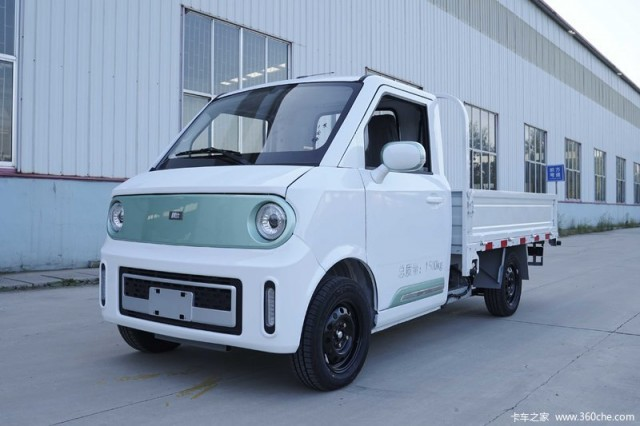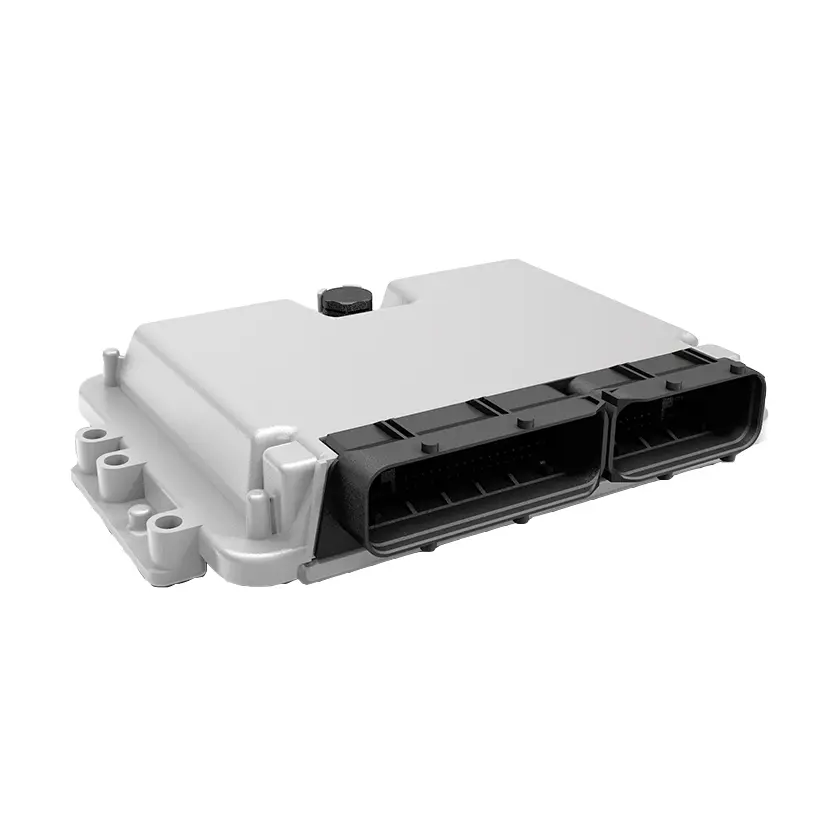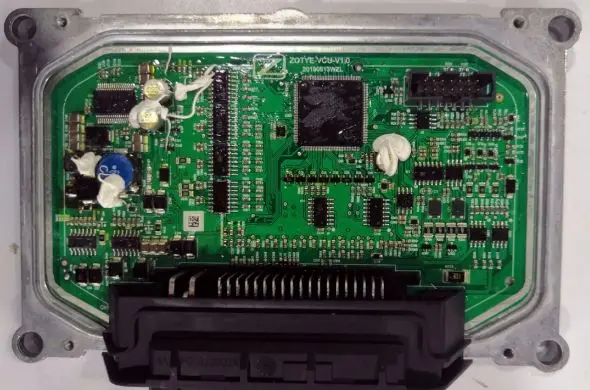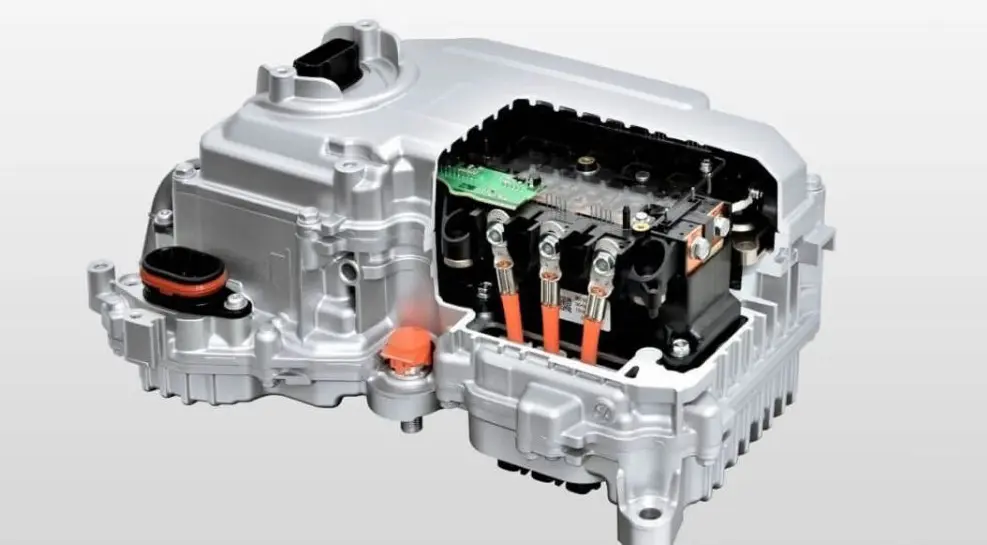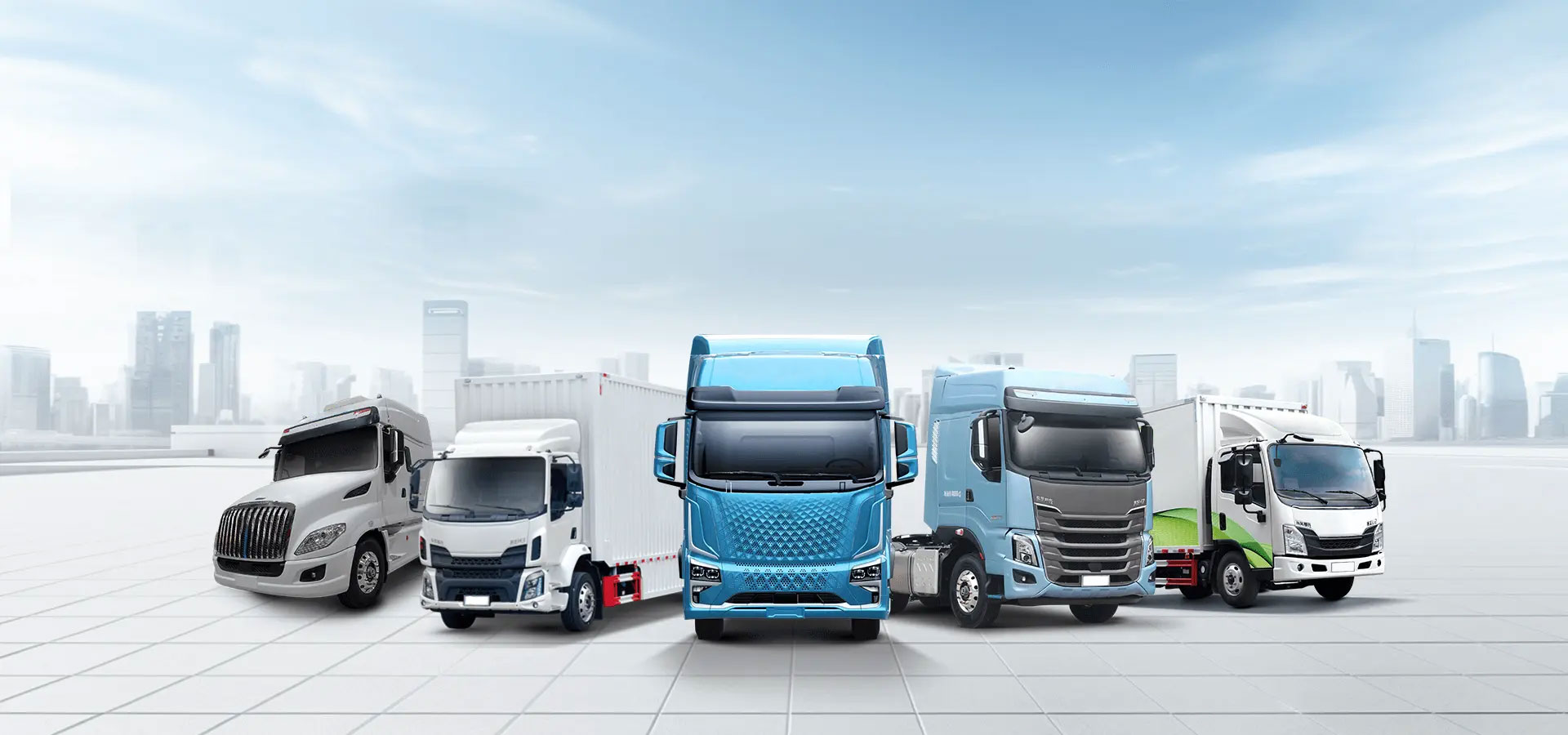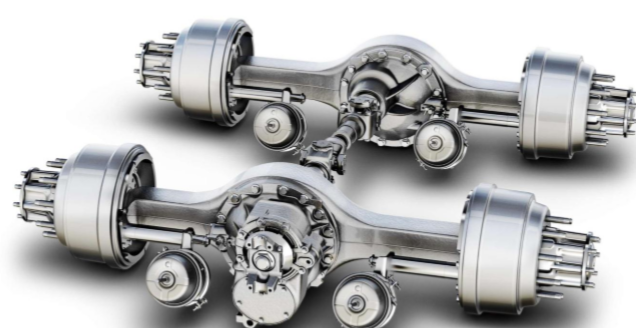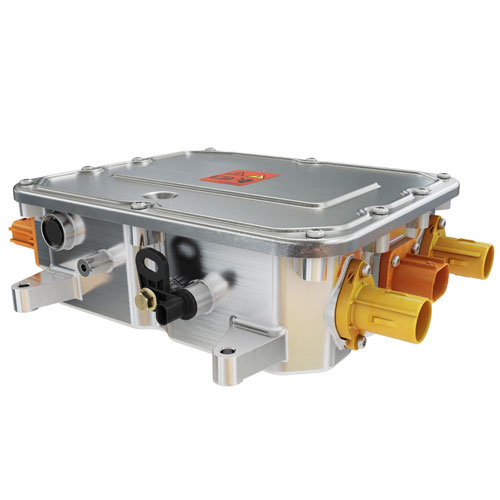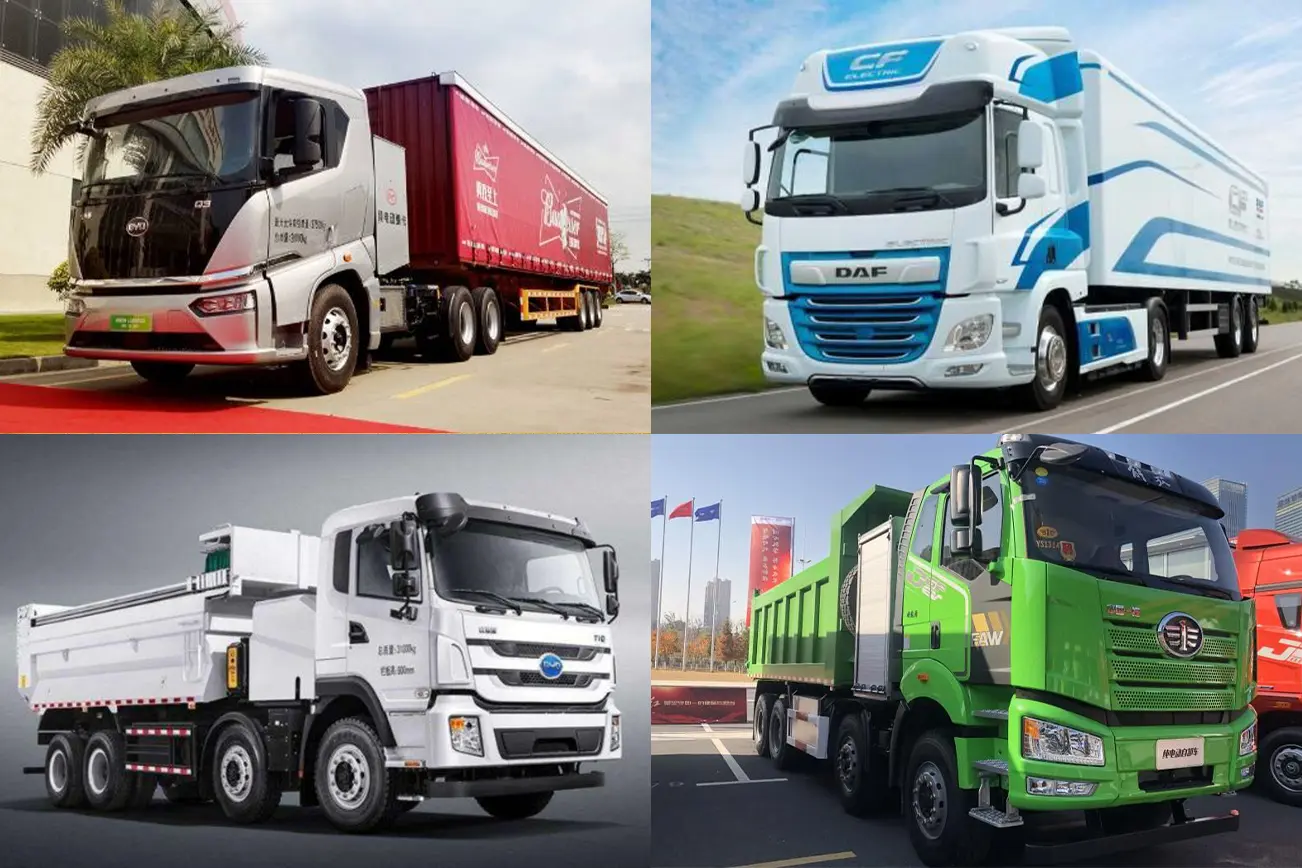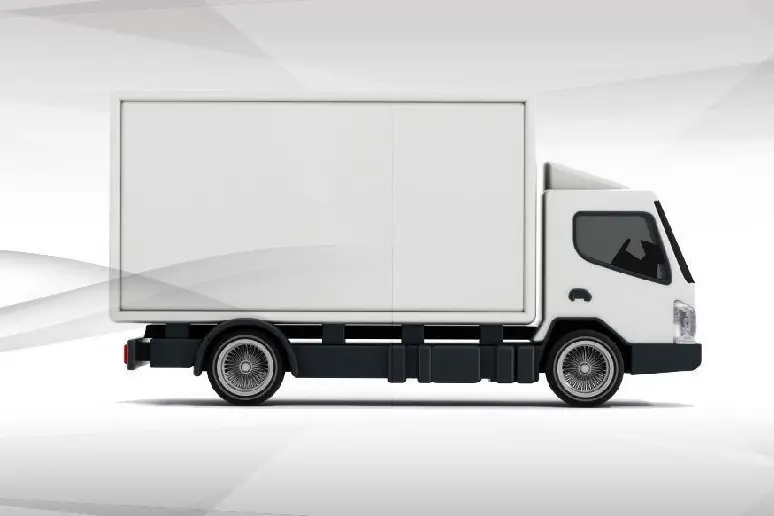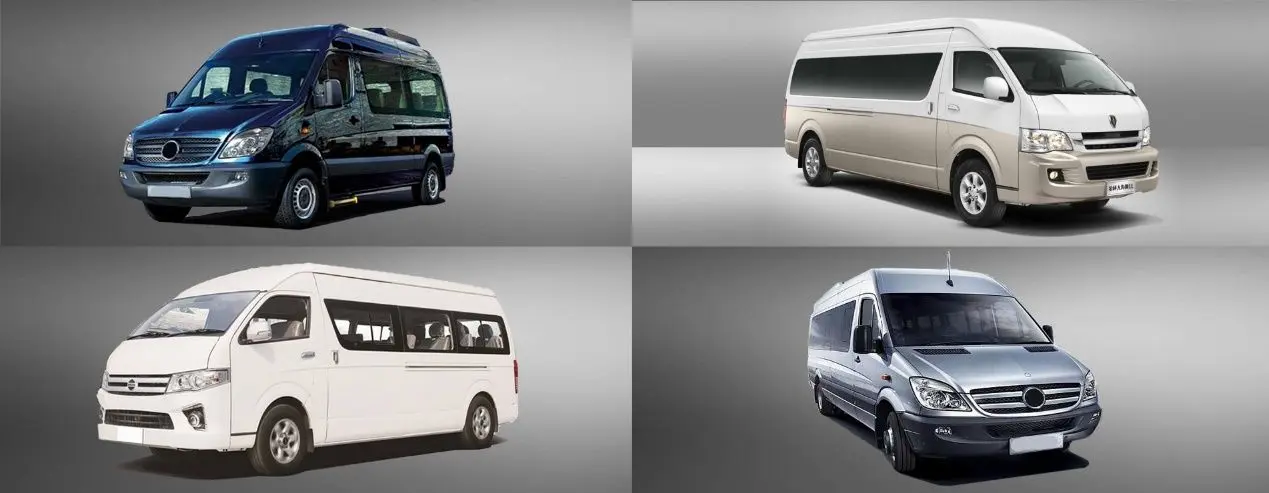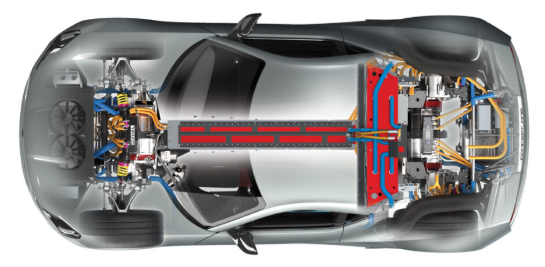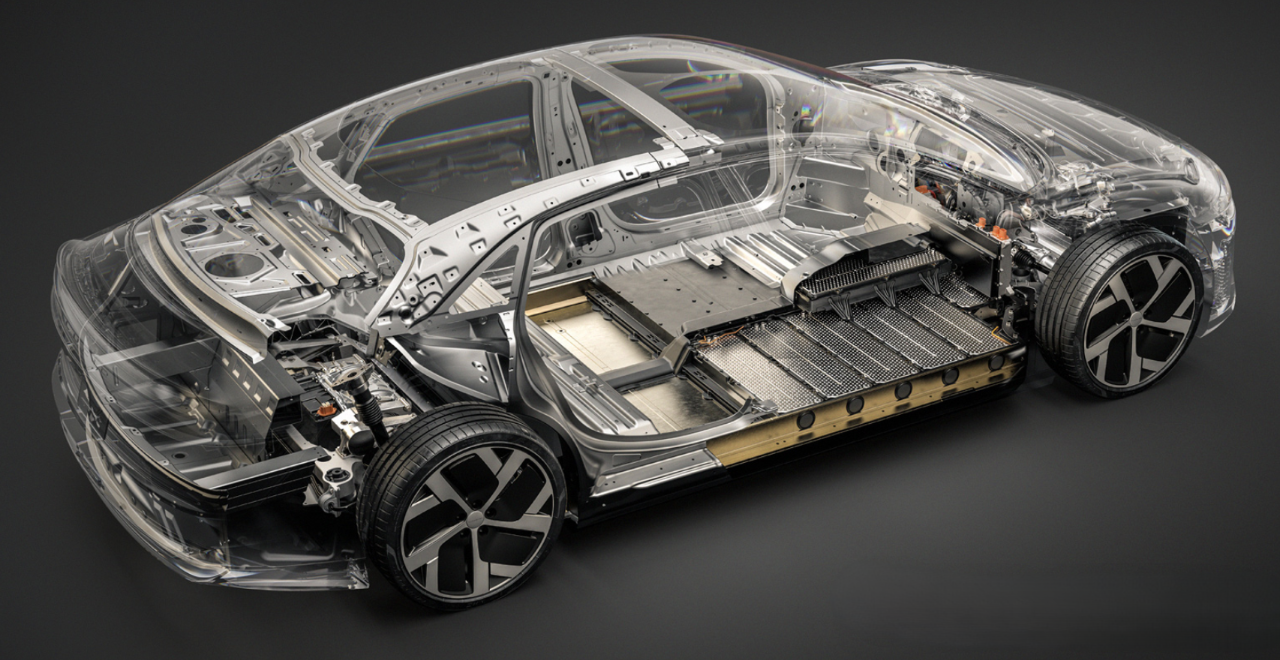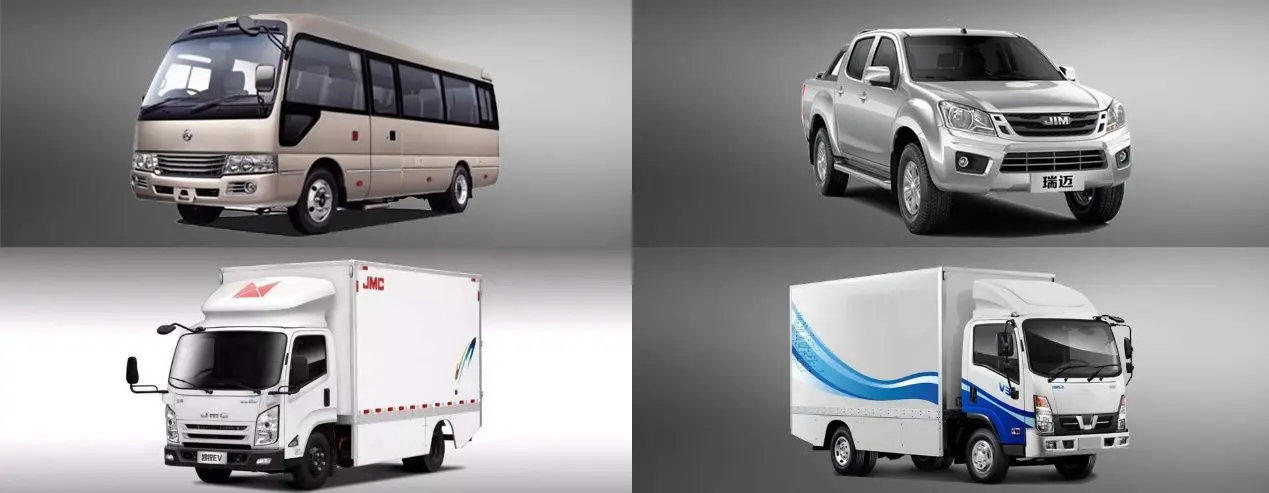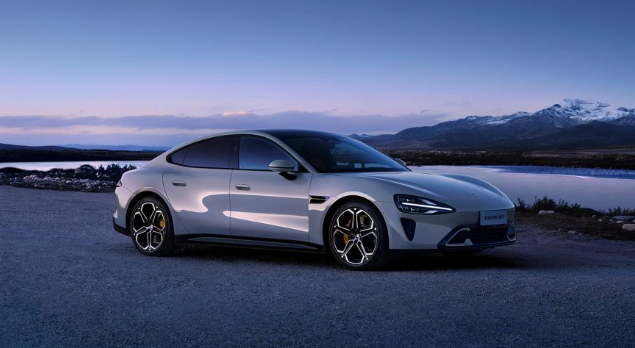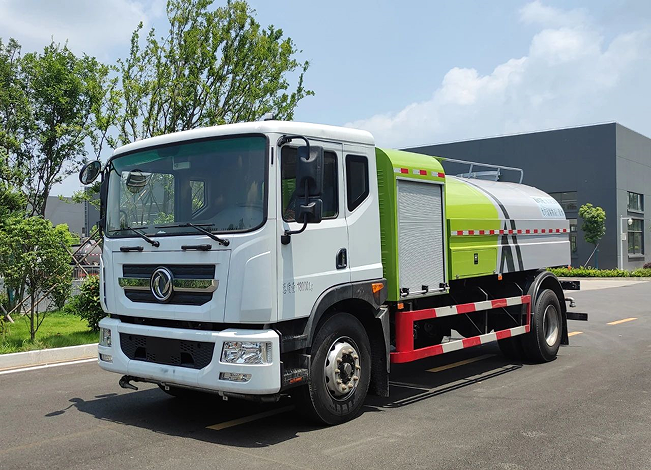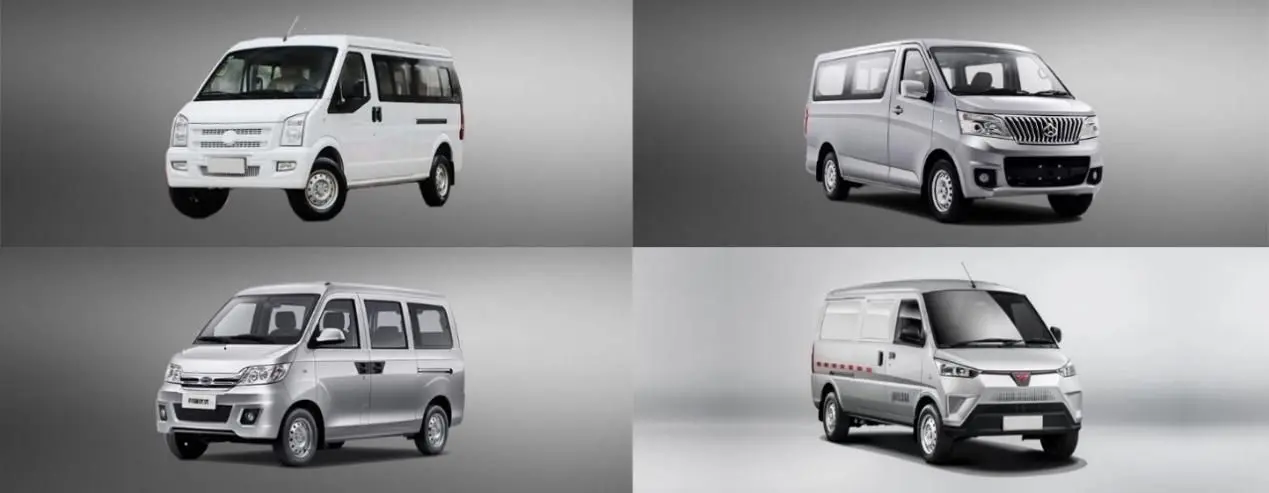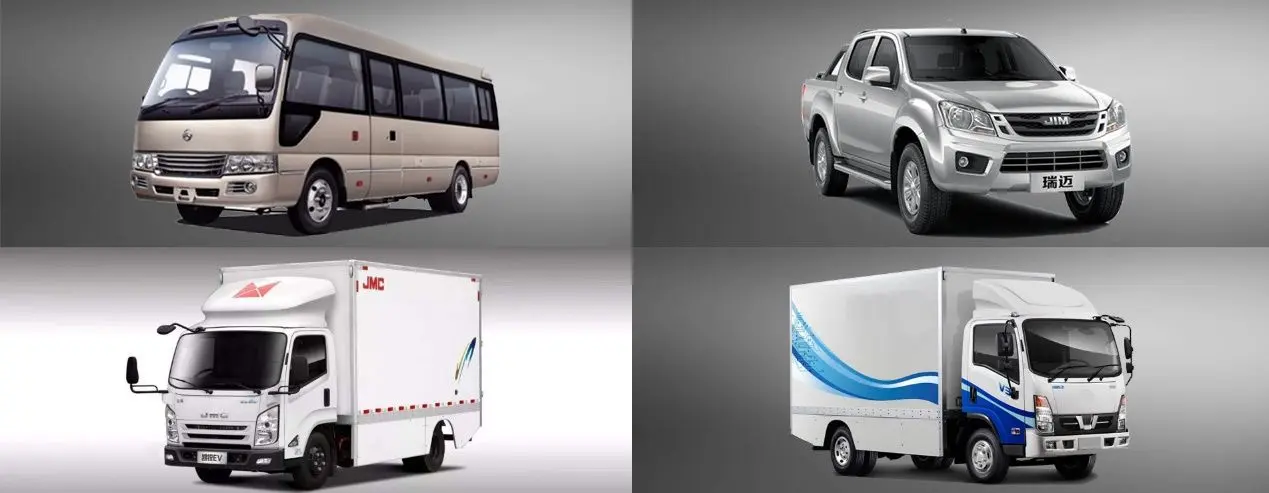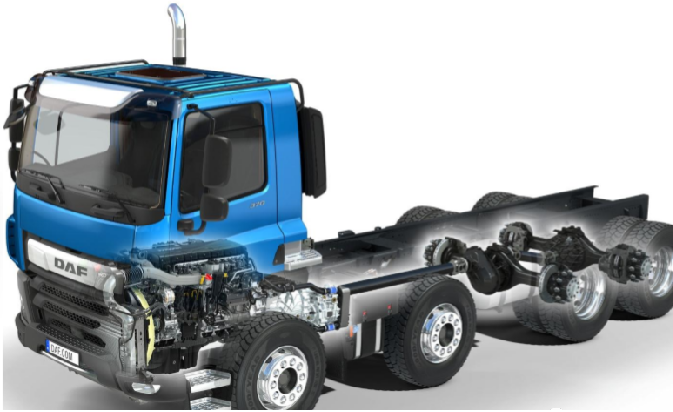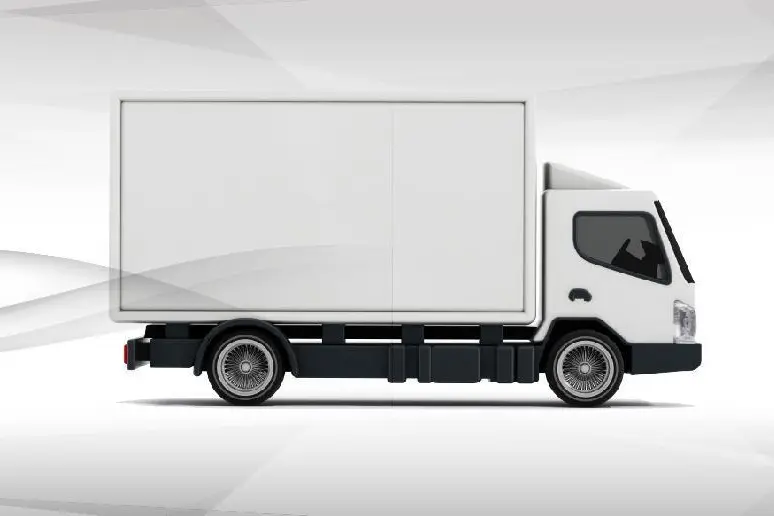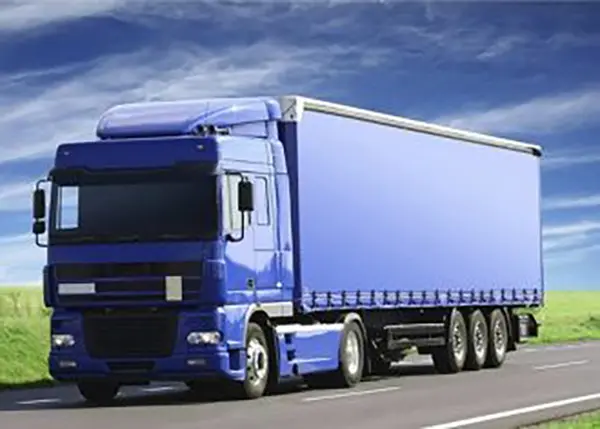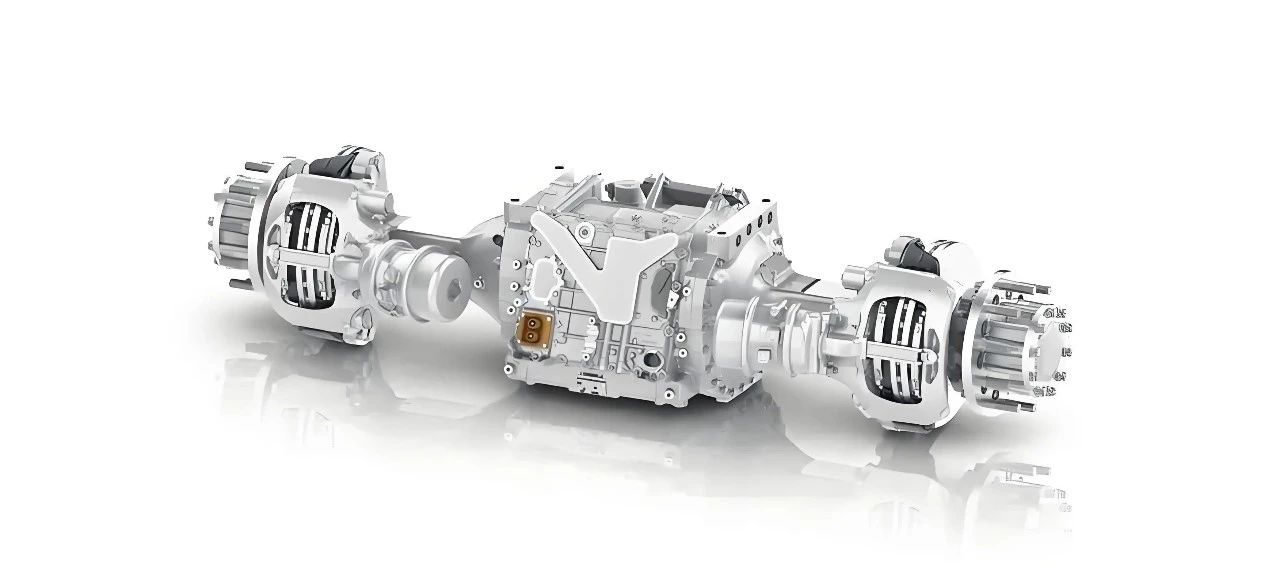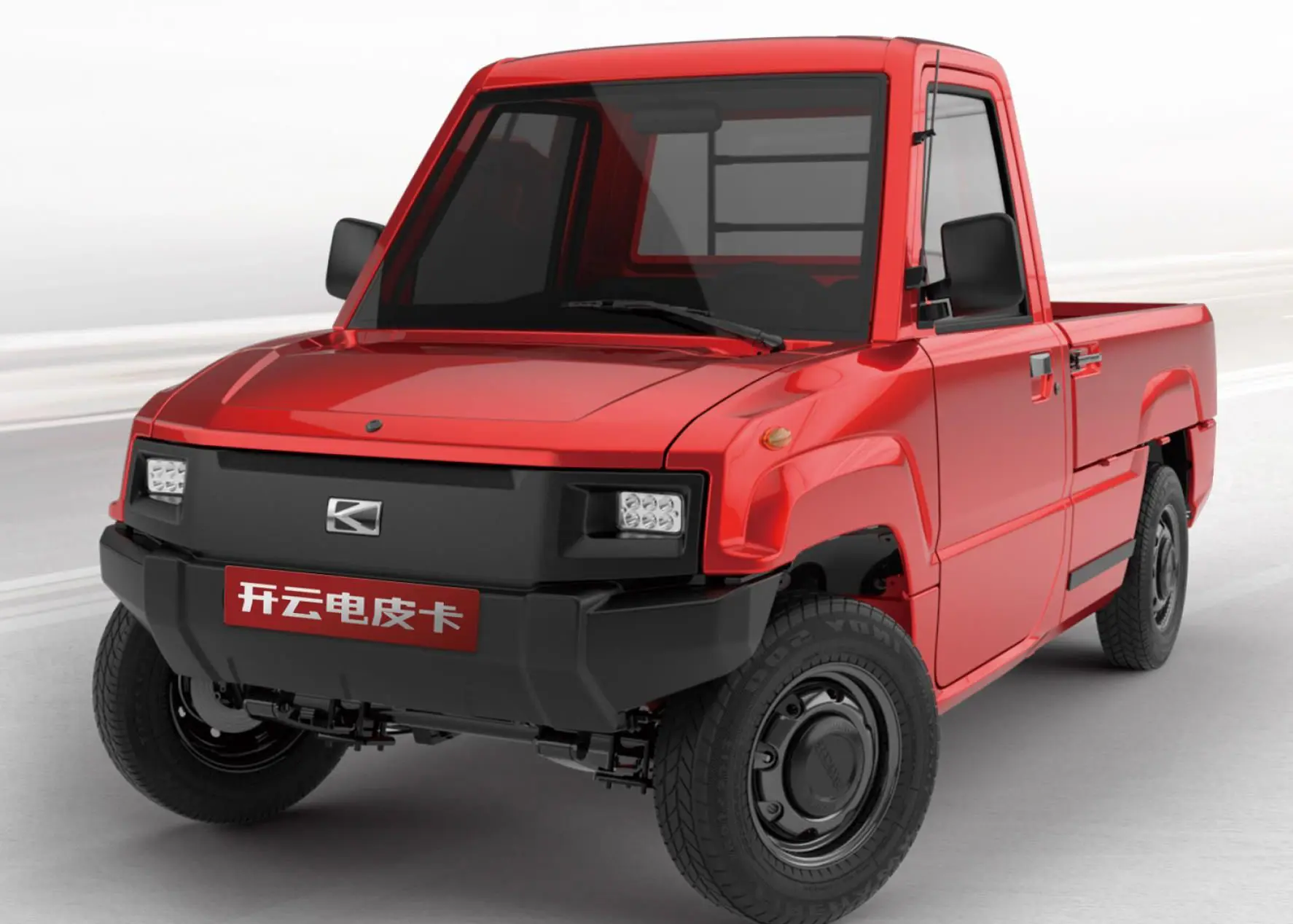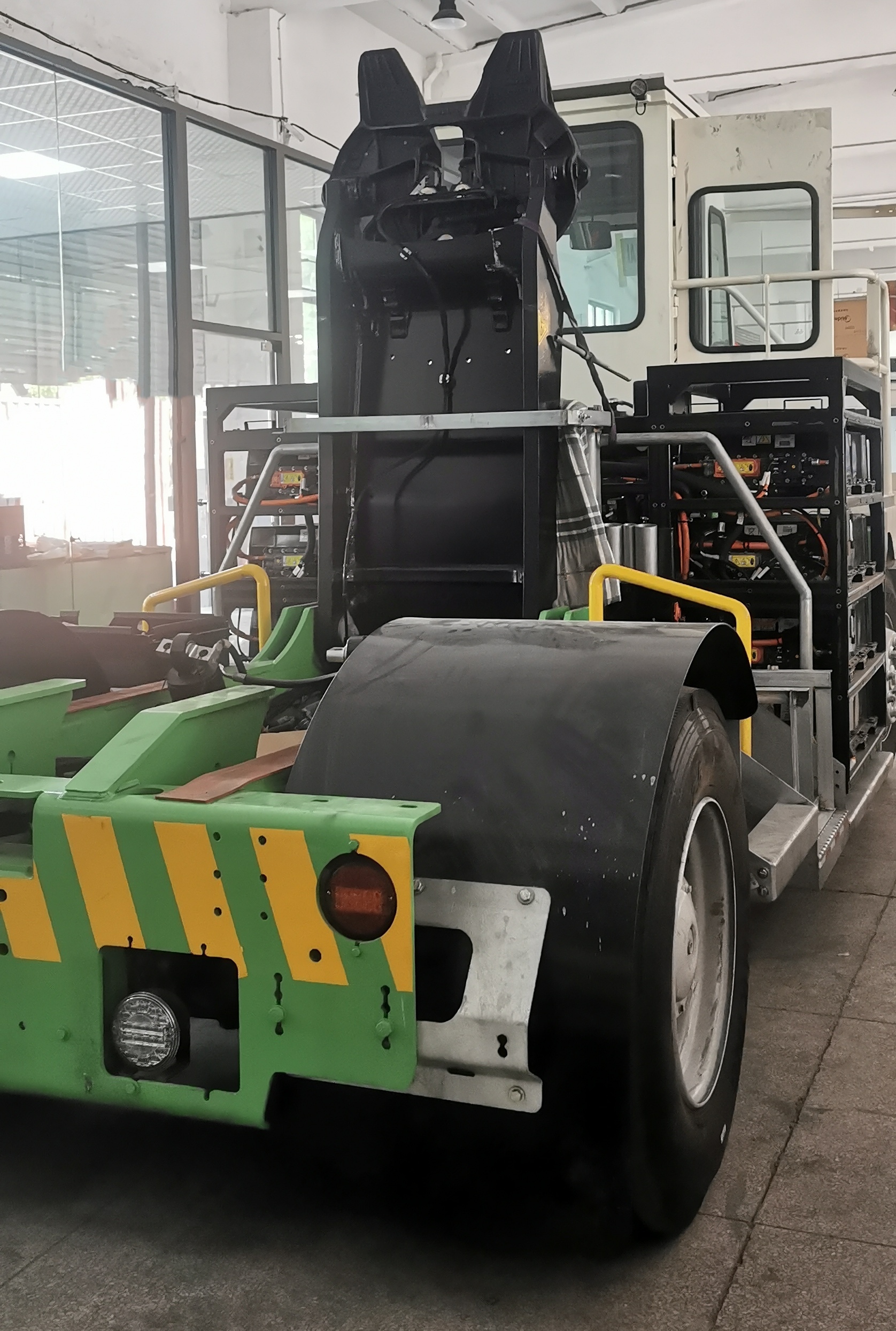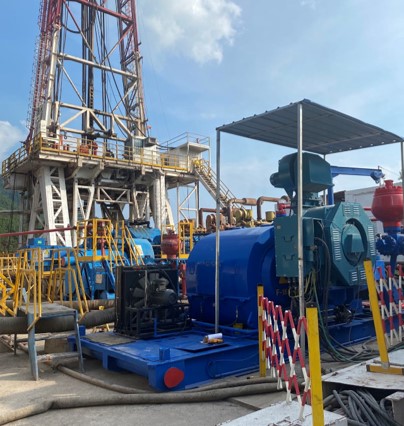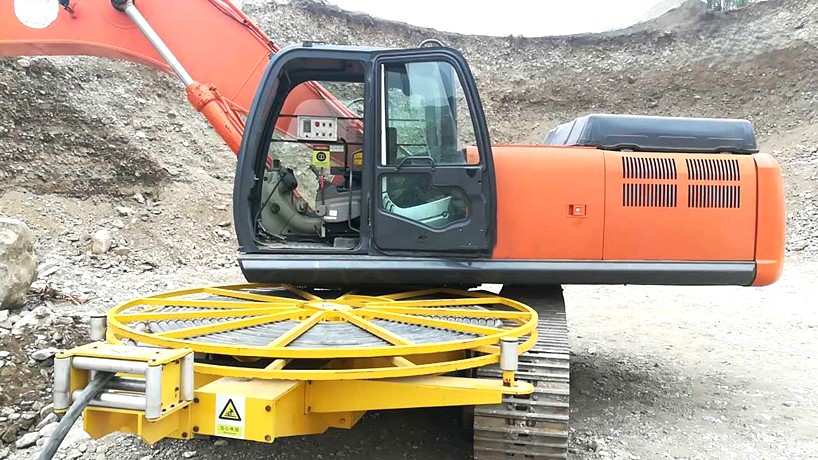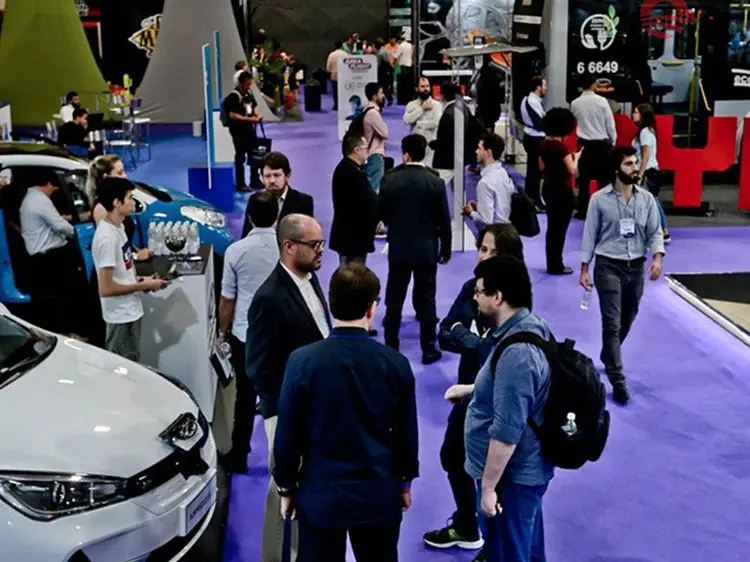How Does an Electric-Drive-Axle-System Work? A Deep Dive into Modern EV Powertrains
As the automotive industry accelerates toward electrification, electric-drive-axle-systems (also called e-axles) have emerged as a cornerstone of next-gen electric vehicles (EVs). These compact, high-efficiency components replace traditional internal combustion engine (ICE) setups with integrated electric powertrains, delivering faster acceleration, lower maintenance, and improved energy efficiency. But what exactly makes an electric-drive-axle-system tick? In this guide, we’ll break down its components, functionality, and why it’s a game-changer for modern EVs—with insights from industry leaders like Pumbaa EV.
What Is an Electric-Drive-Axle-System?
At its core, an electric-drive-axle-system is a self-contained unit that combines an electric motor, power electronics, and a drivetrain into a single assembly mounted directly to a vehicle’s axle. Unlike traditional EV setups where motors, gearboxes, and controllers are spread across the chassis, e-axles centralize these components, reducing complexity and freeing up space for batteries or passenger cabins.
Key Components of an Electric-Drive-Axle-System
To understand how it works, let’s dissect its critical parts:
1. Electric Motor
The heart of the e-axle is a high-torque, low-speed permanent magnet synchronous motor (PMSM) or induction motor. This motor converts electrical energy from the battery into rotational mechanical power. Unlike ICEs, which need multi-gear transmissions, electric motors deliver peak torque instantly at low speeds—ideal for EV acceleration.
2. Reducer/Transmission
Since electric motors operate at high RPMs, a reducer (often a single-speed gearbox) steps down the speed while increasing torque before sending power to the wheels. Pumbaa EV’s e-axles, for example, use optimized gear ratios to balance efficiency and performance, ensuring minimal energy loss during transmission.
3. Differential
Like traditional axles, e-axles include a differential to distribute torque between the left and right wheels. Advanced systems (like those from Pumbaa EV) even integrate torque vectoring, adjusting power to individual wheels for better handling on curves or slippery roads.
4. Power Electronics & Control Unit
A built-in inverter converts DC power from the battery to AC power for the motor, while a control unit (ECU) manages torque output, speed, and regenerative braking. This integration eliminates the need for separate under-hood controllers, streamlining the vehicle’s architecture.
How Does It All Work Together?
Let’s walk through the operational flow:
Energy Flow:
When the driver presses the accelerator, the vehicle’s main ECU sends a signal to the e-axle’s control unit.
Power Conversion:
The inverter transforms DC battery power to AC, activating the electric motor.
Torque Delivery:
The motor spins, and the reducer adjusts speed/torque before sending power to the differential.
Wheel Propulsion:
The differential splits torque between wheels, propelling the vehicle forward. During braking, the motor acts as a generator, converting kinetic energy back to electricity (regenerative braking) to recharge the battery.
Why E-Axles Are a Win for EVs
Electric-drive-axle-systems offer three game-changing advantages:
Space & Weight Savings:
By consolidating components, e-axles free up under-hood space for larger batteries or passenger areas—critical for EV range and interior design.
Higher Efficiency:
Integrated cooling systems and reduced mechanical losses mean more energy reaches the wheels, extending range by up to 15% compared to distributed drivetrains (source: SAE International).
Simplified Maintenance:
Fewer moving parts (no clutch, multi-speed transmission, or complex ICE components) translate to lower ownership costs.
Pumbaa EV: Leading the Charge in E-Axle Innovation
At Pumbaa EV, we specialize in designing high-performance electric-drive-axle-systems tailored to light-duty EVs, commercial fleets, and off-road applications. Our e-axles feature:
Compact Footprint:
30% smaller than industry averages, perfect for urban EVs.
85%+ System Efficiency:
Maximizing range and reducing energy waste.
Customizable Torque:
From 1,500 Nm for sedans to 4,000 Nm for heavy-duty vehicles.
Whether you’re an automaker seeking a drop-in e-axle solution or a tech enthusiast curious about EV powertrains, Pumbaa EV’s engineering team is ready to help.
Final Thoughts
Electric-drive-axle-systems are more than just a component—they’re a leap forward in EV design, enabling cleaner, faster, and smarter transportation. By centralizing power delivery and leveraging cutting-edge tech, these systems are paving the way for a fully electrified future.
Ready to explore how Pumbaa EV’s e-axles can elevate your project?
Visit www.pumbaaev.comto learn more about our solutions or request a consultation today.









